Andhra culture is one of India’s most ancient and vibrant. From its sophisticated literature to its beautiful music and dance to its ornate fashions, Andhra’s high culture and folk culture are second to none. High Culture encompasses the following Sections:
At the heart of all of it however is the Telugu language.
To properly understand what makes the Telugu heart beat, one must recognize the love for the Mother Tongue.
Telugu Language
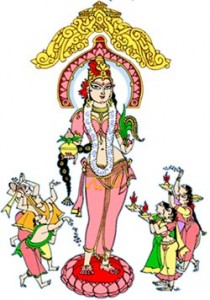
Maa Telugu Thalli ki malle puvvu danda
The Telugu language is one of India’s most ancient with an outstanding classical tradition. Though it is related most closely to Kannada, Telugu is the most sanskritised in India (85%). There are approximately 80 million telugu speakers in the world, making it the 14th most commonly spoken tongue. There are large Telugu diasporas in Mauritius, South Africa, Malaysia, and the United States.
The Telugu language is written in Telugu Lipi (which is a descendant of Maurya Era Brahmi Script). Grantha is an abugida, and thus, has a syllabic alphabet. Great poets and writers of the language include Vemana, Nannaya, and Tikkana. Thyagaraja is famous for his Telugu kirtanas and Annamacharya its greatest musical exponent.
It is with great reason that Krishna Deva Raya wrote “Desha bhasalandu Telugu lessa!” (“Of all the languages of India, Telugu is the best!”)
References
- Rao, P. Ragunadha. History and Culture of Andhra Pradesh: From the Earliest Times to 1991. New Delhi: Sterling Publishers, 2012
- http://www.ethnologue.com/language/tel
Literature
Litterateurs
- Satavahana Hala
- Nannechoda
- Baddena Bhadra Bhupala
- Mallikarjuna Panditaraadhya
- Palkuriki Somanatha
- Nannayya
- Tikkana
- Yerrapragada
- Mallinatha
- Srinatha
- Pothana
- Krishna Deva Raya & the Ashtadiggajas
- Vemana
- Dr. C. Narayana Reddy
- Pingali Nagendra Rao
- Dharmavaram Ramakrishnamacharya
- Gurajada Appa Rao
- Viswanatha Satyanarayana
- Gurram, Jashuva
Litterateuses (female writers)
- Princess Gangadevi
- Timmakka
- Molla
- Madhuravani
- Rangajamma
- Muddupalani
- Venkamamba
- Seetamma
- Others
Andhra literature has the dual distinction of not only producing scholars of great merit in Telugu, but in Sanskrit as well. What’s more, some our greatest composers of literature were women. This tradition that began in the early medieval period, remains one of the defining characteristics of our culture and the honored place of women within it.
Poetry
Andhra has produced some outstanding works in epic and romantic poetry, Telugu and Sanskrit. Indeed, it is as though the speakers of this honey-sweet language have an innate vocabulary pour la mot juste.
Seminal works of Telugu poetry include Vemana padhyalu, Palnati Veera Charitra, Veerabhadra Vijayamu, Mutyala Saralu, and Amuktamalyada.
Notable Andhra contributions to Sanskrit poetry are Raghuvira Caritra, Maduravijayam, and Radhika Santhvanam.
Drama
Notable Telugu plays include Chitranaleeyam, Sarangadhara, Gayopakhyanam, Prasanna Yadavam, and Vijayanagara Samrajya Patanamu. More recent works include Pandava Udyoga Vijayalu, Prataparudreeyam, Satya Harishchandra, and Padukapattabhishekam, and above all, Kanyasulkam
Dharmavaram, Ramakrishnamacharya is regarded as the Andhra Nataka Pitamaha.
Novels
A comparatively new medium in Telugu literature is the novel. The Neetichandrika of Paravasty Chinnaya Suri is the first work of note and emerges from the early 19th century. It translated the first two books of the Panchatantra. The first true novel was the Rajasekhara Charitram by Chilakamarti Lakshmi Narasimham. This was followed up with Ramachandra Vijayam and Hemalatha.
Other great novels include those by Viswanatha Sathyanarayana (Veyipadagalu, Jebudongalu, and Ekavira), Gurujada Appa Rao (Malapalli), and Buchibabu (Chivaraku Migiledi). Female novelists are particularly prolific in Andhra and include such writers as Malathi Chandur, Dr. Sri Devi, Yeddanapudi Sulochanarani, Madireddi Sulochana, Bina Devi and many many more.
Satavahana Hala
The 17th Satavahana dynast in the pauranic king lists, Hala himself is called Kavi-vatsala (‘he who has parental affection for poets’). Considered to be religious, he is famous for his patronage of Prakrit over the more popular and elite Sanskrit of the time.
He was the compiler of and contributor to the Poetic Anthology Gathasaptasati (known as Gaha Sattasai in the Maharashtri Prakrit in which it is composed)
Nannayya
The court poet of King Narendra of the Vengi Chalukyas, Nannaya is regarded of as the first of the great Telugu poets. He began the magnum opus Andhra Mahabharatamu, which necessitated translation from Sanskrit to Telugu. This was accomplished in the early 11th century.
Tikkana
Two centuries after Nannaya, Tikka of Vikrama-Simhapuri (Nellore) completed the 15 remaining parvas of the Andhra Mahabharatamu.
Yerrapragada
The final Aranyaparva of the Andhra Mahabharatamu was rendered into Telugu by the poet Yerrapragada. The third of the Telugu Kavitrayam (poet trio) are highly regarded by all Andras alike.
Yerrapragada represented the culmination of the movement to reach the common men with the great poetry of Bharat. Other authors who followed include Palakuriki Somanatha, who composed Basava Puranam and Panditharadhya Charitra, which relied on a less Sanskritised and more common parlance Telugu to connect with the masses.
Gona Buddha Reddy followed suit and produced the first Telugu translation of the Ramayana into Telugu (Ranganatha Ramayanamu) under the auspices of Prataparudra I of Warangal. Shortly after came Mantri Bhaskara’s Bhaskara Ramayanamu.
Mallinatha Suri
Mallinatha stands alone as the Andhra who most made an impact outside his native region. Hailing from Telangana, he wrote commentaries on the great Sanskrit poems of Ancient India (Panchamahakavyas) analyzing the works of Kalidasa and many others. He also wrote the Sastric commentaries Tarala and Niskantaka.
Mallinatha also produced his own original works: Raghuviracarita, Vaisyavamsa Sudhakara, and Udara Kavya.
Srinatha
One of the master poets of Andhra, Srinatha’s works include Sringara Naisadam (translation of Sri Harsa’s sanskrit poem), Kasi Kandam, Bhimeswara Puranam, Harivilasamu, and Palnati Veera Charitra. The latter celebrated the famous battle on the Andhra Kuruskhetra, Palnadu.
Bammera Pothana
Pothana is considered to be the most beloved of Andhra’s mahakavis. Hailing from Waranal in Telangana region, he translated the Srimad Bhagavatam into Telugu and produced other great works such as Gajendra Moksham, Prahlada Charitra, Virabhadra Vijayamu, and Bhogini Dandakamu.
Krishna Deva Raya and the Ashtadiggajjas
Andhra Bhoja was not only a master of statecraft and war, but a poet . He composed the famous work Amuktamalyada in Telugu (a language–likely his Mother Tongue–which he adored). It is regarded as an excellent specimen of Telugu prabandha.
1. Alasanni Peddana
The poet laureate of KDR’s court, he is considered the Andhra Kavita Pitamaha. His most outstanding poem was the Manucharitramu.
2. Nandi Timmanna
Another of Andhra Bhoja’s Ashtadiggajalu, Timmana is best known for his work Parijathapoharanamu
3. Ayyalaraju Ramabhadra-Author of the Ramaabhyudayam
4. Madayagiri, Mallana-Wrote the Rajasekhara Charitramu
5. Ramaraju, Bhushana-Author of the Vasucharitra
6. Dhurjati-Penned the Kalahasteeswara Mahatmyam
7. Pingali, Surana-Wrote the Kalapurnodayamu
8. Tenali Ramakrishna-The most famous of KDR’s 8 court gems, TRK was more than just the court wit, but also an author in his own right having composed the Panduranga Mahatmyam.
Vemana
After the prabandha, the most stylised Telugu literary form is the Satakam (collection of 100 poems), which was inherited from Sanskrit literature. Vemana’s satakams are the most famous, and he is considered the greatest poet of the post-Vijayanagara period. Originating from Rayalaseema, he is celebrated for his lyrical simplicity and pleasing style. His works are collectively known among Andhras as Vemana padhyalu.
Dr. C. Narayana Reddy
Born in the Telangana region, Dr. Narayana Reddy is known for his synthesis of Urdu poetry styles with Telugu. He is also a highly respected lyricist of thousands of Telugu songs. He was honored with the Padma Vibhushan. His best known poetic work is Visvambara.
Pingali Nagendra Rao
Famous Telugu poet and film lyricist.
Gurajada Appa Rao
Telugu Poetry took an innovative turn with the compositions of Gurajada Appa Rao. His anthology of poems, Muthyala Saralu (Garland of Pearls), produced not only a new type of poetry, but a new meter as well. It’s nationalistic sentiment exhorted the elite and masses alike and showed that Andhras were second to none in their passion for the Motherland. Other works of the great kavi include Puthadi Bomma Purnamma and Lavanya Raju Kala.
He also produced a splendid work of drama known as Kanya Sulkam. It was one of the first Andhra compositions that served as modern social commentary.
Gurram Jashuva
An honored Telugu Poet of Dalit background, Jashuva garu is best known for his work Gabbilam, which is an homage of sorts to Kalidasa’s famous play, Meghadutam. He was awarded the Sahitya Akademi Award and the Padma Bhushan.
Hailing from Vinukonda, he was a social reformer, a conscience of the people, and a member of AP’s legislative assembly as well. Along with Telugu, he was a scholar in Sanskrit.
Litterateuses
Princess Gangadevi
One of the most eminent works of the Medieval period was Maduravijayam. This Sanskrit epic poem celebrated the liberation of Madurai from the Sultans by Prince Kampana (son of Bukka Raya), and was produced by none other than his own wife, the Andhra princess Gangadevi.
Mohanangi
It is only natural that a poet would produce a poetess. Krishna Deva Raya’s own daughter became a poetess in her own right and composed the Maricha Parinayamu. She was the wife of Aliya Rama Raya.
Molla
One of the earliest poetesses in Telugu was not a princess, but in fact a potter by trade. Her name was Kummari Molla, and she is known for her popular work Molla Ramayanamu.
Tallapaka Timmakka
The wife of Annamacharya, Timmakka was the composer of the poetical work Subhadrarjuniyam.
Madhuravani
A great scholar and poet in the court of Ragunatha Nayaka of Thanjavur, Madhuravani stands out as an example of the many intellectual Andhra women who have contributed to Telugu literature. She translated Ragunatha Nayaka’s Ramayanamu into Sanskrit and wrote other Sanskrit works such as Kumarasambhavam and Naishadam. She was recorded to have been able to write poetry in three languages.
Rangajamma
The wife or lover of Vijayaraja Nayaka of Thanjavur, Rangajamma was the daughter of Pasupuleti Venkatadri. Her works include a composition of the Ramayana and the Bhagavata Saram. She was reputed to have been able to write a hundred verses at a time.
Muddupalani
The Telugu-speaking poetess and courtesan at the Court of the Maratha king of Thanjavur, Muddupalani is known for her scholarship and erotic poetry. Also versed in Sanskrit, her two best-known works are Radhika-Santvanam and Ashtapadi. She is known for her knowledge of other Sanskrit works in Sringara rasa and a mistress of it in her own right.
Tarigonda Venkamamba
Considered one of the greatest devotees of Lord Venkateswara, Venkamamba was a child-widow whose devotion was so great, she would consider none other than Balaji to be her husband. She became a yogini after great study and moved to Tirumala where she was received honorably by the presiding Temple priests.
Her first poem was Venkamamba Nrusimha Satakam. Other works include: Vishnu Parijatam, Chenchu Natakam, Rukmini Natakam, Jala Krida Vilasam, Mukthi Kanthi Vilasam, Gopi Natakam, Rama Parinayam, Sri Bhagavatham, Sri Krishna Manjari, Tatva Keerthanalu, Vashishta Ramayanam, Sri Venkatachala Mahathyam, Saram, and Ashtanga Yogam.
Kotikalapudi Seetamma
Kotikalapudi Seetamma was a Telugu literary figure in the colonial era. Her works include Ahalyabai, Sadhuraksha Satakamu, Bhaktimargamu, and Satidharmamu.
Folk mediums
- Harikatha
- Burrakatha
- Yenki kathalu
References
- Rao, P.Ragunadha. History and Culture of Andhra Pradesh: From the Earliest Times to 1991. New Delhi: Sterling Publishers, 2012 (Appendix I)
- Lalye, P. G. Mallinatha. Sahitya Akademi, 2002
- http://www.loc.gov/acq/ovop/delhi/salrp/reddy.html
- Jain, Simmi, Encyclopedia of Indian Women through the Ages: The Middle Ages. Kalpaz Productions, 2003, p. 231
- Rao, N. Venkata (1978). The southern school in Telugu literature. University of Madras. p. 10.
- Vriddhagirisan, V. Nayaks of Tanjore. New Delhi: Asian Educational Services. 1995. p.160
- http://www.tribuneindia.com/1999/99dec12/sunday/head3.htm
- http://www.srivenkatesa.org/index.php/sankeertanams/61-tarigonda-vengamamba-the-great-poetess-devotee
- http://literaryindia.com/Literature/Indian-Literature/Telugu-Literature/telugu-literature.html
- http://www.thehindu.com/news/cities/Vijayawada/poet-jashuva-remembered/article6455215.ece
- http://www.thehindu.com/todays-paper/tp-national/tp-andhrapradesh/gurram-jashuva-remembered-on-119th-birth-anniversary/article6456173.ece
Arts and Crafts

Ancient and Medieval
Andhra’s contributions to Art cannot be gainsayed. The region played host to innumerable native style of painting, sculpture, and handicrafts that are truly world class. In fact, the region is famous for evolving the internationally recognized Amaravati School of Art and Architecture.
Thus, regional art truly came into its own in the Satavahana period and reached its apogee during the Vijayanagara empire. The Kakatiya era saw a large degree of patronage to Andhra artists, which gave rise to many artforms and crafts still en vogue today.
The medieval period saw incorporation of new influences from foreign arrivals that led to new aesthetic palates and styles. Native born styles such as Kalamkari changed in response to new patronage (were even given new names), yet remained 100% Andhra in their origin and structure.
Sculpture
Lepakshi Nandi

Amaravati School
The Legendary Amaravati School of Art originates in Andhra. One of the 3 great Ancient Indian styles, its impact was felt not only within India (as seen in the Ajanta cave Paintings), but in many parts of Asia as well.

Painting
Ceiling in the Temple of Lepakshi
Traditional Crafts
Budithi Brassware
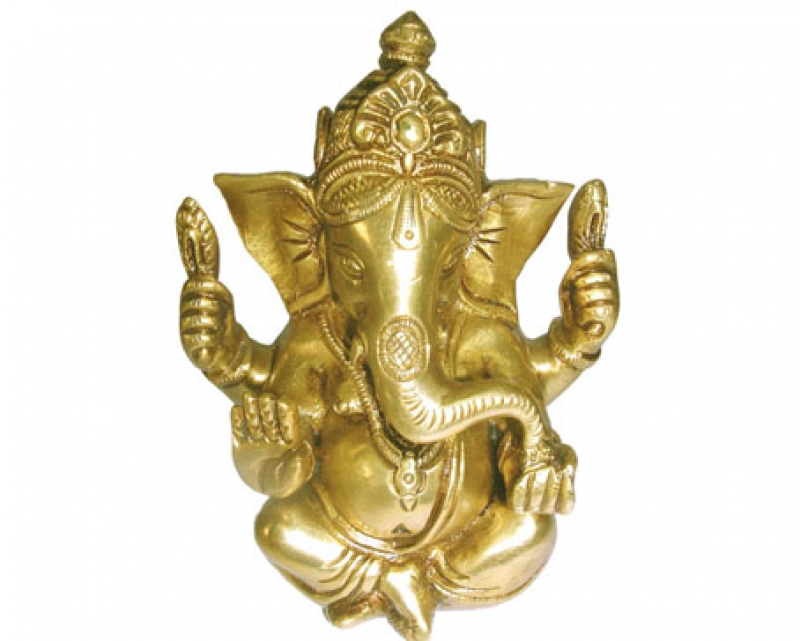 This native craft of Andhra originates in a small village called Budithi in Central Srikakulam, a district in Andhra Pradesh. Beautiful figures are created out of metal alloys. They are crafted in both traditional and modern styles.
This native craft of Andhra originates in a small village called Budithi in Central Srikakulam, a district in Andhra Pradesh. Beautiful figures are created out of metal alloys. They are crafted in both traditional and modern styles.
Pembarthi Metalwork

Pembarthi village in Warangal District of Telangana is the home of a particular style of sheet-metal workmanship. This craft adorns the vigrahas (statues) and vahanas (chariots) in temples.
Durries
The Warangal region is famous for producing artisans specializing a in a woven form of Art known as Durries. These come in many styles such as Tie and Dye, interlocking , andJacquard, Lahari, Sitammajada, Mogga, and Diamond Fish.
Kalamkari
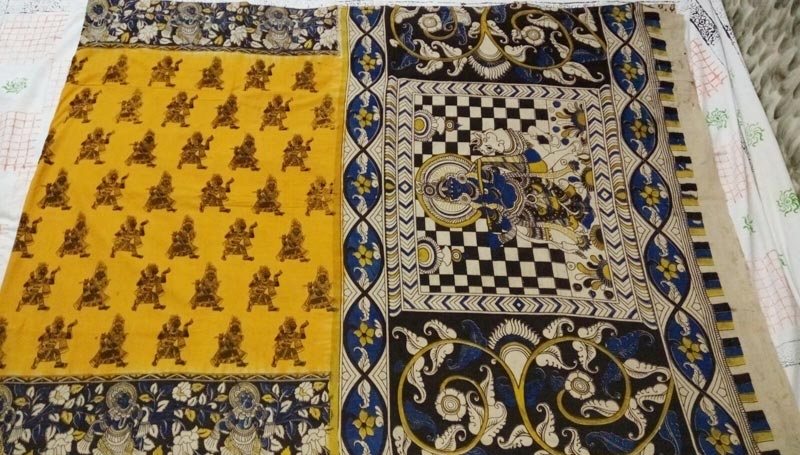 Kalamkari art is unique in its use of colour as a medium to portray mythological characters. As the name suggests, Kalamkari is the art of painting cotton fabrics with a kalam i.e. pen, or sharpened bamboo that regulates flow of color on the fabric. Kalamkari has a long history in Kalahasti and Machilipatnam in Andhra Pradesh, the nerve centres of this art continue to be beehives of Kalamkari activity. A native and ancient art of Andhra, the name itself dates back only to the Golconda period.
Kalamkari art is unique in its use of colour as a medium to portray mythological characters. As the name suggests, Kalamkari is the art of painting cotton fabrics with a kalam i.e. pen, or sharpened bamboo that regulates flow of color on the fabric. Kalamkari has a long history in Kalahasti and Machilipatnam in Andhra Pradesh, the nerve centres of this art continue to be beehives of Kalamkari activity. A native and ancient art of Andhra, the name itself dates back only to the Golconda period.
Kalamkari colours are made from vegetable dyes. In addition to themes from the epics, Kalamkari leitmotifs comprise different forms of the lotus flower, the carwheel, parrots, an interlacing pattern of leaves and flowers.
Kondapalli Bommalu
 Kondapalli Toys have carved a niche of their own in the world of handicrafts and are made from light soft wood. The wooden piece is heated to make it moisture free. Different parts of the image are carved separately. They are then glued together with an adhesive made of crushed tamarind seeds. Both water and oil colours are used to paint the toy or figurine. Painting is done with soft and thin paintbrushes made of goat’s hair. The toys depict scenes from actual life, animals, rural folks. Deities and characters from the epics.
Kondapalli Toys have carved a niche of their own in the world of handicrafts and are made from light soft wood. The wooden piece is heated to make it moisture free. Different parts of the image are carved separately. They are then glued together with an adhesive made of crushed tamarind seeds. Both water and oil colours are used to paint the toy or figurine. Painting is done with soft and thin paintbrushes made of goat’s hair. The toys depict scenes from actual life, animals, rural folks. Deities and characters from the epics.
Cherial
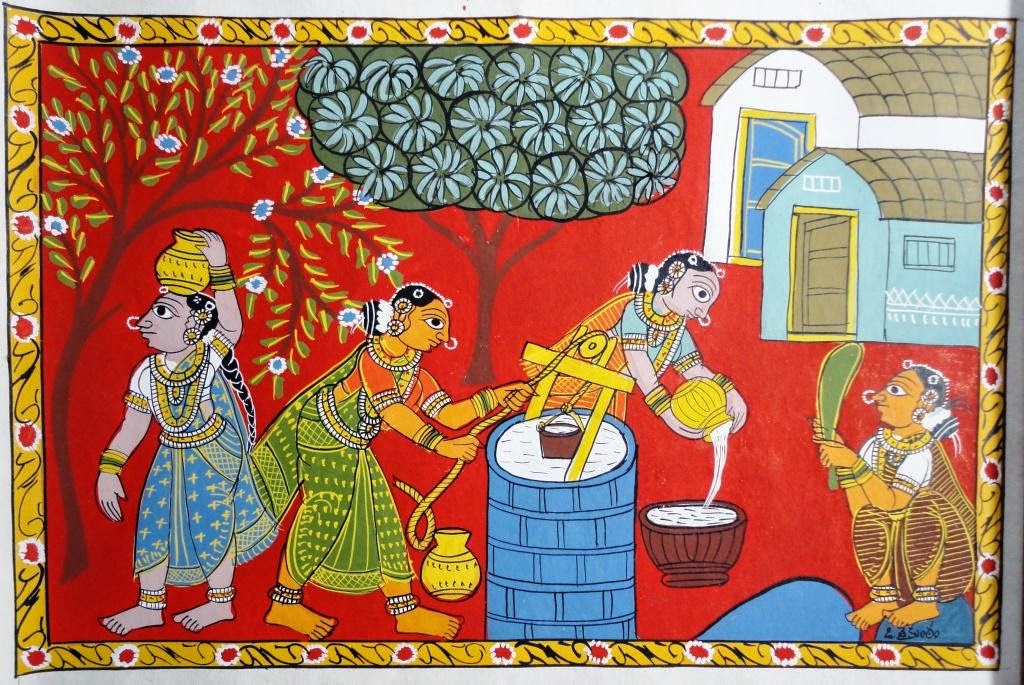 One of the most noticeable features that makes cherial folk paintings stand apart is the narrative format for the epics expressed through a rich scheme of colors. Traditional techniques are applied on a scroll of cloth that may run several yards length. Cherial paintings are also known as scroll paintings and are used by a community known as ‘kaki padagollu’ that uses this artform to relate stories from Ramayana and Mahabaratha.
One of the most noticeable features that makes cherial folk paintings stand apart is the narrative format for the epics expressed through a rich scheme of colors. Traditional techniques are applied on a scroll of cloth that may run several yards length. Cherial paintings are also known as scroll paintings and are used by a community known as ‘kaki padagollu’ that uses this artform to relate stories from Ramayana and Mahabaratha.
Modern Art
Bapu
Modern Andhra art cannot be mentioned without the matchless contributions of the artist, Bapu.
Born Sattiraju Lakshminarayana, Bapu is widely considered the most famous modern artist from Andhra. His aesthetic has touched such varied mediums as painting, illustrations, caricature, film, serials, graphics, and calligraphy. He is best known for his uniquely Andhra style of life art that is steeped in tradition and, as even his website notes, depicts ” the true Indian and Telugu culture”.
Bali
Following in Bapu’s footsteps, Bali has carved out an impression of his own on the Andhra people. He too has made his mark in the realm of painting and sketching, but above all, as an illustrator and cartoonist.
References
Architecture
Ancient
Ancient Architecture in Andhra was truly grand in conceptions and execution. So distinguished are the traditions that art historians recognize the native style of the Amaravati School of Art that characterized the Satavahana period.
Amaravati Stupa
Frieze of the Amaravati Stupa
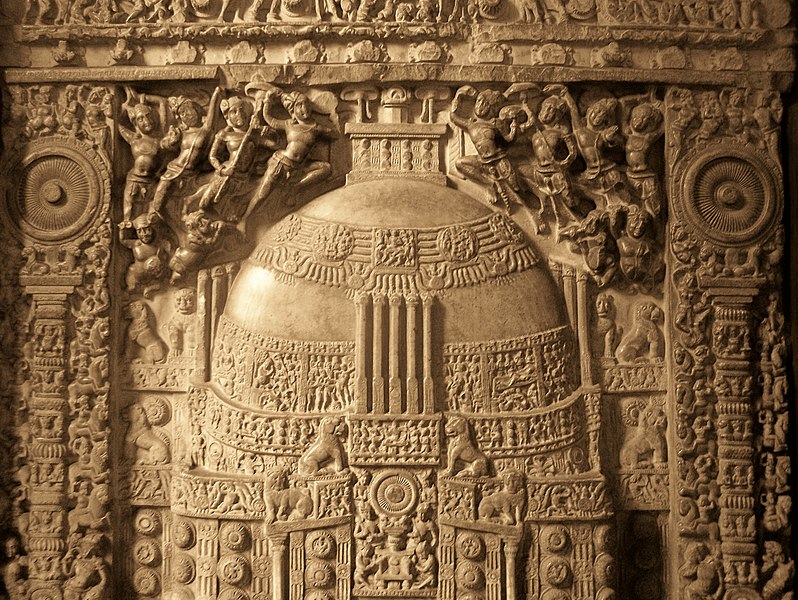
Medieval
Thousand Pillar Temple of Hanamakonda (interior)

Thousand Pillar Temple of Hanamakonda (exterior)
Lepakshi Temple dating to the Vijayanagara Period
Srisailam Temple
Lakshmi Narasimha Swamy Temple in Mangalagiri
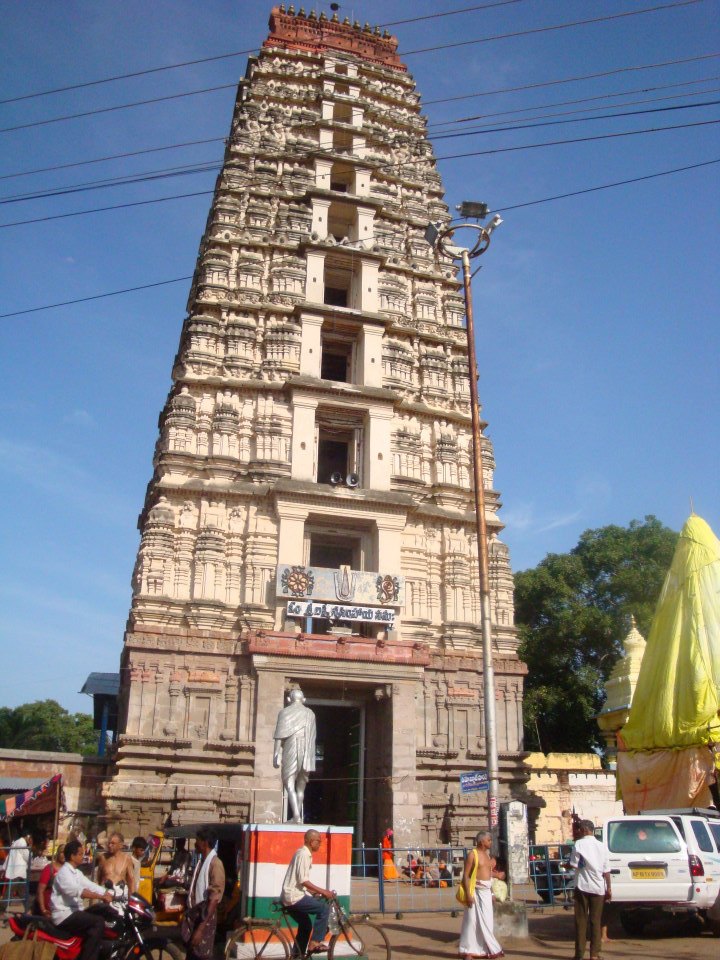
References
- Rao, P.Ragunadha. History and Culture of Andhra Pradesh: From the Earliest Times to 1991. New Delhi: Sterling Publishers, 2012
- http://srisailamtemple.com/Srisaila_devasthanam/history.html
Fashion
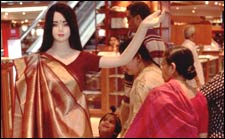
Andhra high fashion is ancient in origin, traditional in outlook, yet open-minded in aesthetics. The region is home to many famous styles of Saree and Jewelry, the most famous being Pochampally. Individual towns and villages have become celebrated for their production of distinctively styles of fashion.
Ladies’ Fashion
Sarees
Sarees are the most popular, traditonal, and elegant of female attire in Andhra and India. Not only can they be worn in many different ways, but they come in many different styles, each typically focused around a particularly town or village where weavers tailor them.
Venkatagiri
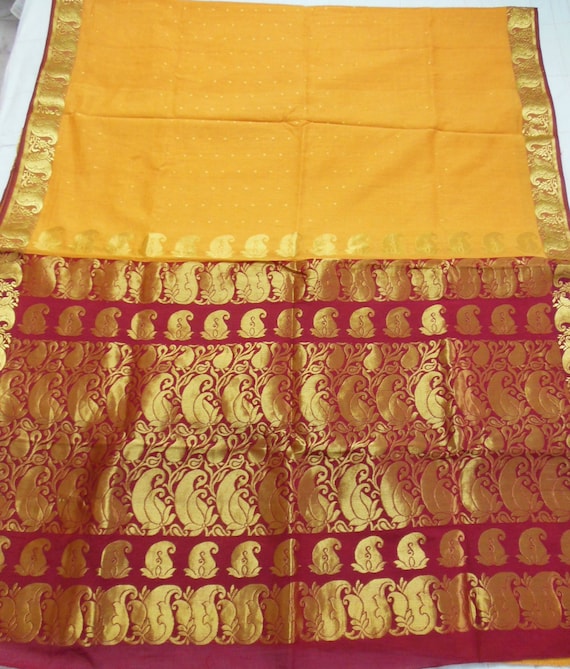
Venkatagiri originates from a village in Nellore District. They were initially made only for the Royal families, and that too, on special order.
There are three main varieties of Venkatagiri sarees: Venkatagiri 100, Venkatagiri Pattu, & Venkatagiri Silk. Characteristics are that it is, Soft, Durable, Light-weight, and Crisp, with opulent, golden Jari borders
Iddhi padaharu annalu Andhrula aada bhadachu kattey cheera
“This the marquee saree of the dignified Andhra lady”
“The Saree of Queens”
Kotha kota
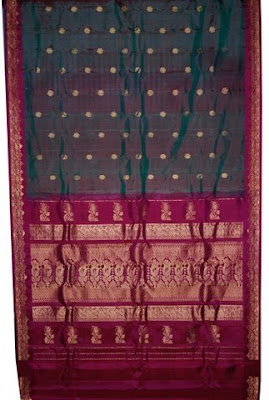
Pochampally

A village & mandal in Telangana’s Nalgonda district, Pochampally is known for its very unique print. There is more handwork involved than other sarees. It is considered the most intricate.
The most notable aspect of this saree is the Ikat weaving, which is the unique contribution of Telangana region. It is part of the common heritage of Telugus and originates specifically from Nalgonda district. While the weaving is done in a zig-zag style, the dyeing itself is random.
Saree of the Stylish lady
Dharmavaram

Madavaram
Madhavaram is a village in Kadapa District that is etched in the popular imagination. While the Jilla in general is known for its temples, forts, poets, and artisans, the Saree of one of its most famous villages is no less significant.
Madavaram pattu cheera is the all-purpose saree.
It is called this because it is easy to maintain. The colors are usually in the range of red and black. The patterns are usually alternating squares, but floral designs were later introduced as seen below. Pink and pale blue are also used.
The All Purpose Saree of the Andhra Lady
Gadwal
 Photo: OnlyTravelGuide
Photo: OnlyTravelGuide
Gadwal Sarees are from the town of same name in Palamooru district (Mahbubnagar), Telangana state. If Venkatagiri is luxurious and dignified, then Gadwal is the most impressive saree from Gulti-land. It’s considered a mark of high status.
The brocade weaving skills have been traced by some to Varanasi, though they are said to show no signs of the Banarasi style, and is considered authentically undivided Andhra. While the cotton typically comes from Bangalore and the gold jari from Surat, it is pure Telangana and Telugu.
The colors are very unique (gacchakayyi rangu you don’t see anywhere–”neither green nor grey” color as shown by model above).
As soon as you see, You can tell it’s Gadwal!
Narayanapeta
The Narayanapeta represents classy comfort. It is the “business casual saree”.
Woven in both silk and handloom varieties, Narayanapeta fabrics are a specialty from the Telangana region of Andhra Pradesh. Chhatrapati Shivaji is said to have entered the town of Narayanapeta during his many campaigns and brought a number of weavers with him. These handloomers decided to settle there and joined hands with the existing local weavers and infused this unique style with Maratha motifs.
The trademark of a Narayanapeta saree is that it has a triangular embroidery (sikhara) that is repeated at the border. The border itself will feature a khadi-anchu (a plain double line that strikes through the border).
“Business casual saree”
Uppada
Uppada is small Village in Kothapalli Mandal of East Godavari District in Andhra Pradesh. It is near the port City of Kakinada and is famous for its prawn curry.
Currently all the rage in fashionable and filmi circles, the Uppada saree is truly the trendiest variety on the market.
“This is the trendy saree for the Telugu lady of Today”
Mangalagiri

Langa Voni – Rustic attire that is casually worn as blouse with Dupatta with skirt. It is most traditionally worn by young girls in Andhra.
Men’s Fashion
Paaga-Turban
Kanduva-Shoulder Shawl
Chokka-A uniquely Indian style of shirt, the Chokka is common in Andhra Pradesh.
Dhoti/Pancha-Known more commonly as dhoti, this All India form of traditional men’s wear is called “Pancha” in Andhra. Though more common in earlier eras, it is still commonly seen, especially during festival time or special occasions.
Lungi-Virtually synonymous with the men of the South, the Lungi is a staple for traditional casual wear in Andhra.
Ponduru-The finest khadi in all of India. It was reputedly Mahatma Gandhi’s favorite variety. It is made only in a small village in Srikakulam district.

References
- http://www.aptourism.in/
- http://www.onlytravelguide.com/andhra-pradesh/arts-crafts/
- http://hinduonline.co/HinduCulture/IndianTraditionalCostume.html
Festivals
1. Sankranti in January.
Makara Sankaranthi is the Hindu Festival marking the Winter Solstice. This is the beginning of the period known as Uttarayanam where the Sun will rise in the Zodiac until the Summer Solstice. As per Hindu astrology/astronomy, the Sun enters Capricorn, or “Makara” rasee.
It is also considered the Harvest Festival in most parts of India, and so there is great feasting.
2. Maha Shivaratri in February/March.
3. Ugadi or the Telugu New Year in March/April.
Telugu (and Kannada/Marathi) New Year is based on the sidereal calendar (combination of Lunar, Solar and Stellar positions), and begins on this day. Ugadi comes from the Sanskrit term Yuga Adi, or new era. Typical greetings include: Nutana Samvatsara Subakaankshalu or Ugadi Subakaankshalu.
Ugaadi Pacchadi (an amuse bouche consisting of the 6 flavors):Typically, the following ingredients are used: Banana (for sweet, representing happiness), Neem (bitter, representing sadness), Salt (saltiness, signifying fear), Chilli powder (spice, signifying anger), Tamarind (sour, representing disgust), & Mango (tang, representing surprise).
New clothes are also given, mango leaf arches are hung, muggu (rangoli) is done, and astrological charts for the year are read (Panchanga Sravanaalu).
4. Rama Navami celebrated in March/April 9 days after Ugadi.
5. Varalakshmi Vratam in August.
6. Krishna Ashtami celebrated in August/September
7. Vinayaka Chavithi in August.
8. Dasara in September/October.
9. Atla Tadde 3rd day in bright half of Aswiyuja month (falls in September/October in Gregorian calendar)
10.Deepavali in October/November.
11. Bonalu in Sravanam. (Celebrated in Telangana region).
12. Bathukamma celebrated during September/October in Telangana region.
Cuisine

There is a running joke that Andhra men like their women as they like their food: presentation is exceedingly important…and they like a little spice.
Traditional Andhra cuisine is far older, more varied, and far spicier than better known Hyderabadi specialties such as Biryani. While foreign imports can be appreciated, acknowledged, and enjoyed, it’s important to also recognize and promote the native cuisine of Andhra. Here are the traditional specialties of authentic Andhra cuisine.
Gongura Mamsam-Andhra Roselle Leaf Mutton
Kodi Vepadu–Andhra Pepper Fry Chicken

Kodi Koora-Andhra Chicken Curry
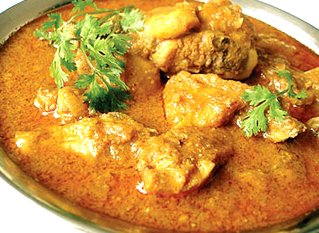
Chaapa Vepadu-Andhra Fish Fry

Chaapala Pulusu-Fish marinated in a unique tamarind sauce.
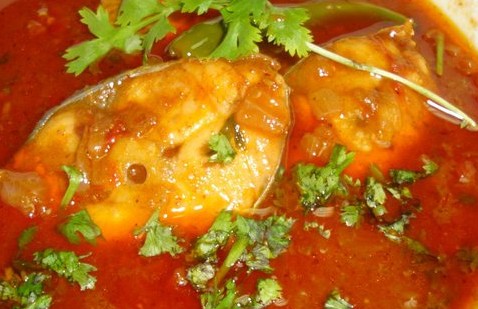
Royyalu Koora-Andhra Shrimp Curry
Pulihora-Tamarind rice, cooked especially during festivals
Pesarattu-A fried crepe made from Green Gram (moong dal). It is similar to dosa.
Perugu Annam-Yogurt rice, mixed with mustard seeds and usually garnished with pickle.
The region is famous for its use of pickles (uragaayya) especially Gongura (Roselle Leaves) and Avakayya (Mango)
Arisalu-Flattened sweet cakes
Bhoondi laddoo-Chickpea flower sweet. It is a famous item from the holy city of Tirupati.
Kakinada Kaaja-All purpose flour syrupy confection originating from Kakinada in Andhra.

Rava laddoo-Cream of wheat balls mixed with sugar and raisins.
Payneelu-Puri mixed with sugar syrup.
Sapota – The confectionary version of the eponymous fruit. It is made with all purpose flour and is folded and rolled in a sugary syrup.
Roja (gulabi) rekulu-Made with a pre-set mold, it is made with all purpose flour and sugar. The resulting batter is then placed in a mold and deep fried. An ideal tea time snack.
Kobari laddoo-Grated coconut confection balls.
Rava kesari – Cream of wheat dish with raisins and nuts.
Pootha Rekalu-The “paper sweet” of Andhra, this item is truly a treasure of the region.
Poleelu/Bobatlu-All purpose flour and split pea sweet with jaggery filling.
Amrutha Gutakalu-Rice and milk confection
Thokkudu laddoo-Sweet gram flour balls rolled in sugar syrup.
Paala Poleelu-Sweet dish made from wheat flour, milk, dried coconut, cardamom, and ghee.
Kajji kayyalu-All purpose flour sweet with coconut, dried fruit, and almond filling.
Perugu Vada-Vadas marinated in tart yogurt with mustard seeds.
Gavvalu-Small donuts shaped like sea shells.
Sakinalu is one of the many traditional snacks made in Karimnagar district in Telangana, for Sankranti. They are made with rice flour and sesame seeds, and fried in oil.
Sarvapindi is another traditional snack native to Telangana region
Banganapalli Mangoes
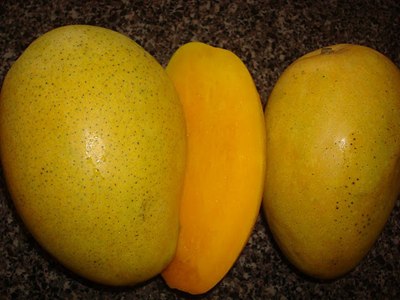
Most famous of all is the Andhra variety of Mango. The rival, and as any red blooded Andhra would assert, the superior of the more widely known Alphonso variety, Banganapalli mangoes are (much like the Telugu language) undoubtedly the sweetest in all of India.
Other traditional dishes that aren’t exclusive to or originating in the state include
Rasam-A rich and mouth-watering soup that is mixed with rice. There are different varieties such as tomato and tamarind (chintapandu). Though common to other parts of the south, it has reached a high art in Andhra.
Idli-The popular south Indian breakfast food. It is made from steamed, fermented lentils and typically served with chutney or sambar.
Sambar-A thick, spicy, and savory lentil soup that is traditionally served with rice for afternoon and evening meals and idlis or dosas for morning meals. It is very rich in protein and vegetables.
Dosa-The famous fermented, fried rice-lentil crepe of South India. Most commonly served for breakfast or lunch with sambar or chutney, it is very frequently served with pickle (uragayya) in Andhra.
Upma-The traditional cream of wheat dish is served for breakfast or lunch. It comes in many varieties. While many garnish it with chutney, in typical Andhra style, pickles (especially Gongura and Mango) are preferred.
Uttapam-South India’s answer to the pancake, this thick fried batter staple is commonly mixed with onions and other vegetables and spices. It is typically served with pickle in Andhra.
Garelu (Vadas)-This fried batter dumpling is an essential during Andhra festivals. Frequently mixed with onions and coriander, it is garnished with chutney or served with sambar.
Chekkalu-Crispy flour chips
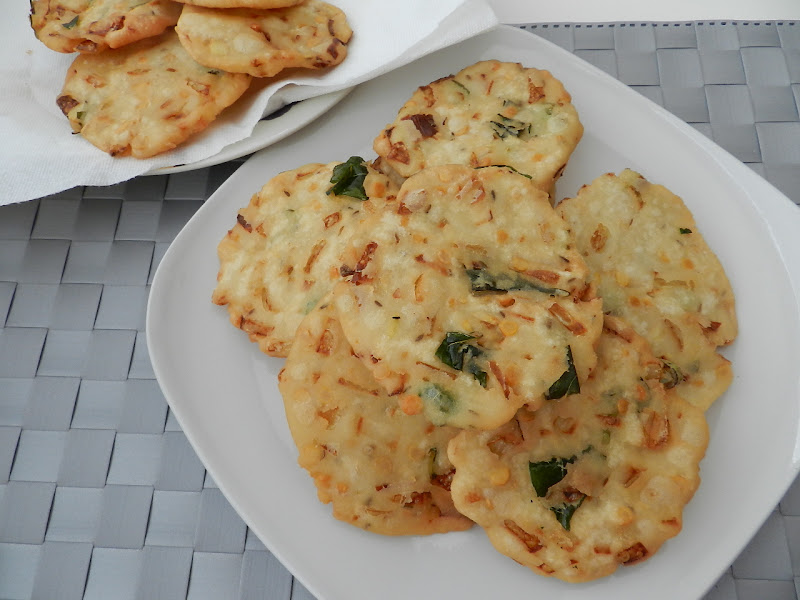
Dance
Natya Sastra
As with all Indian classical dance, Natya Sastra is the origin for Andhra’s classical dance tradition. Though our own pauranic tradition dates Bharata muni’s classic to many millennia ago, the current historical paradigm dates it to at least as far back as 200 BCE. Thus, all classic traditions, northern (i.e. Odissi, Kathak, Manipuri) or Southern (i.e. Bharatanatyam, Kathakali, Mohiniyattam, and Kuchipudi) descend from the Natya Sastra.
Indeed, prior to the birth of Kuchipudi, Dakshinatya was the southern school of dance practiced in Andhra. It was known to be patronized by the Satavahana kings. Over the centuries, a specific form of dance dedicated to Lord Vishnu came into existence, known as Bhagavata Mela Natakam. By the 14th century, however, Kuchipudi proper emerged.
Kuchipudi

Photo: Wiki Commons
The name Kuchipudi comes from the eponymous village in Andhra Pradesh. The tradition dates back to the 1300s and is credited to Siddhendra Yogi. He combined the dance drama formats of the Yakshagana art with Bhagavata Mela Natakam. Thus, the father of kuchipudi evolved a unique dance that is known for its rhythmic virtuosity and stateliness.
The art form initially developed primarily under male brahmin dancers. The founder of the dance wanted to imbue it with a spiritual quality. Thus, the tradition has historically been characterized by male virtuosos, the most famous being Sri Vempathi Chinna Satyam. However, the fairer sex eventually took their rightful place and has since carried the dance form to new heights, with leading danseuses such as Shobha Naidu. Guru Sri. Vedantam Lakshmi Narayana Sastry is credited with introducing women to Kuchipudi. He utilized Kirtanas, Ashtapadis, Padams, Sabdams, and Tarangams for solo performance.
Kuchipudi is classical in form and repertoire and employs lasya (rhythm), thandava (footsteps), and abhinaya (facial expression) in the actuation of slokas. It utilizes other elements of the natya sastra such as samyutha and asamyutha, hasthas, karana, chari, angahara, mandala, and nrutha hasthas. It employs Nritta, Nritya, and Natya in equal measure. The first involves rhythmic movement set to a song or verse, the second involves interpretations follow rhythmic passages, and the third is a traditional comprehensive dance-drama.
If Bharatanatyam is best known for Nritta, Kuchipudi is best known for its expressive Abhinaya, giving it a sensual quality. Abhinaya is very important in kuchipudi and it is the only classical dance where all four abhinayas are equally emphasized. A specialty of the dance is vachikabhinayam since dance, gesture and words are all combined.
There are two main schools of classical dance, Nattuva Mela and Natya Mela. The former is performed exclusively by women and is embodied by Bharatanatyam. The latter evolved into kuchipudi and is performed by both men and women. Natya mela is a dance in dance drama style that characterizes kuchipudi. The themes are not exclusively religious and frequently feature the king as the hero.
Kuchipudi’s specialty however is Tarangam and is traced to Narayana Teertha’s Srikrishna Leela Tarangini. This feature of kuchipudi involves dancing with one’s feet placed on the rims of a brass plate. Tarangam presents the danseuse’s mastery of rhythm and is choreographed and set to compositions by respected poets.
Perini Tandava
If ‘lasya’ is the realm of the female, then ‘thaandava’ is the domain of the male. No dance represents the rhythmic masculinity of Mahadeva’s thandava than Telangana’s Perini thandava. Revived by the dance doyen Nataraja Ramakrishna, Perini Siva Thandava has an ancient tradition that was last recorded in the era of great Kakatiya Dynasty of Warangal.
Andhra Natyam
Notable Artistes:
Vempati Chinna Satyam
Vempati gaaru was instrumental in not only popularizing the dance style internationally, but universalizing it as well. Famous students of his include actresses such as Vyjayanthimala, Hema Malini & Rekha. Thus, the regeneration of classical dance in Andhra, and Andhra’s style nationally and internationally is due, in no small measure, to him.
Poetically born in the village of Kuchipudi itself to Vempati Chalammaiah and Varalakshamma, Sri Chinna Satyam (1929-2012) came from a family honored for producing nine generations of professional dancers. He initially studied under Vedantam Lakshminarayana Sastri. Indeed, it was Vedantam gaaru who first opened up the tradition to women–a policy that his most famous sishya would apply to its fullest. It was Vempati gaaru who truly aligned it with the principles of the Natya Sastra–Bharata Muni’s ancient classical work on Dance and Song.
- He received the Guinness World Book of Records title for most number of dance recitals (3000)
- Composed 180 solo dances and scripted 17 dramas in many languages
- His dance-drama works include Padmavati Srinivasa Kalyanam, Vipranarayana Cheritam, Menaka Viswamitra, and Sakuntalam
- He was awarded the Padma Bhushan in 1991
Vedantam Laskshmi Narayana Sastry
Yamini Krishnamurti
One of the great artistic luminaries of Andhra Dance is Yamini Krishnamurti. Born to a Telugu-speaking family in Madanapalli, Chittoor District, Andhra Pradesh, Mungara, Yamini Krishnamurti was raised in Chidambaram in Tamil Nadu. Her grandfather famously named her “Poornatilaka”, which means “beautiful mark on the brow of light”.
Skilled in both Kuchipudi and Bharatanatyam, she is most famous for her achievements in the latter. Indeed, some have even remarked that “Yamini was not made for Bharatanatyam but that Bharatanatyam was made for Yamini.” She is considered the most famous and accomplished Classical Indian dancer of the present era.
The great danseuse finally received the Padma Bhushan in 2001. The legendary dancer was anointed “Asthana Narthaki” (Court Dancer) of the Tirumala Tirupati Devasthanams.
Shobha Naidu
Arunima Kumar
Music

As with classical dance, classical music in Andhra also finds its origin in Natya Sastra. While there was a rich tradition of music in Ancient and early medieval Andhra, little survives. The historical record of Music truly begins with Annamayya and the later Carnatic music figures.
Annamayya the most prolific of all our composers. His most famous works being Kondellalo nellakonna and Adivo. Annamayya’s true greatness however was his message of universality and God’s love for all. Not only did he open up Vedic education to women, he actively pushed to throw open Temples to even the lowest classes–because God himself would not go to the Temple where is devotees were denied.
The greatest of all our composers however is Thygarajaya–who is a celebrated figure throughout South India. His kirtanas mesmerize Andhras and other aficionados of carnatic music to this day.
Notable Composers:
Annamayya
Born to Lakkamba and Narayana Suri of Tallapaka, in Kadapa district, Annama grew up in the shade of the majestic 7 hills of Tirumala. Thus, from the beginning, the life of this saint-composer was synonymous with Lord Venkateshwara. Indeed, according to popular legend, his parents had a vision of him as the incarnation of Nandaka, the sword of Vishnu himself. Irrespective of one’s belief in the story, both the man and the musician (he also played the Tanpura) revitalized Bhakti for Balaji in the medieval period. The general view is that Annamayya lived from 1408 to 1503.
Popularly known all over undivided Andhra as “Annamayya”, Annamacharya is undoubtedly one of our leading lights not only in the realm of music, for which he is best known, but in the realm of Dharma. Considered the Andhra Pada Kavita Pitamaha (the Grandsire of Telugu poem-songs), his classics such as Adivo Sri Hari Vaasamu and Kondalalo Nelakonna, strike a chord throughout South India today. For that he is called the Sankeerthanacharya (Acharya of devotional songs).
- Wrote 32, 000 compositions, 14,000 Sankeerthanas of which 2,178 were devotional and 11,526 romantic.
- Composed 12 Satakas (100 stanza poems), though only 1 has been traced.
- At one point in his life, he was composing a song a day.
- In sankeerthanas accessible to the common man, he conveyed the timeless wisdom of the Vedas, Upanishads, and the Puranas in the common tongue of Telugu and folk metres.
- Actively campaigned for Temple entry to lower castes and education for women
Married to Akkalamma and Tirumalamma (popularly known as Timmakka), he was reputed to have been distracted by their beauty and only after what was considered divine intervention did he resume his duties and stated mission on Earth. Interestingly, Timmakka was herself an accomplished poetess, and is credited with being the first major female writer in Telugu, having written the Subhadra Kalyanamu. In fact, Annamayya’s descendants are replete with a number of poets, most famously his grandson via Timmakka, Narasimhacharya.
References:
- http://www.annamayya.org/annamayya/sankeerthanas/
- http://www.thehindu.com/todays-paper/tp-national/tp-andhrapradesh/annamayya-paved-the-way-for-egalitarian-society/article6992227.ece
- http://www.thehindu.com/thehindu/2003/05/22/stories/2003052201960900.htm
- http://www.annamacharya.net/annamayya
- http://www.svasa.org/
- http://www.thehindu.com/thehindu/mp/2002/12/30/stories/2002123001110200.htm
- http://www.thehindu.com/todays-paper/tp-features/tp-fridayreview/the-annamayya-appeal/article7206974.ece
- http://www.thehindu.com/thehindu/2000/07/14/stories/10140906.htm
Bhadrachalam Ramadas
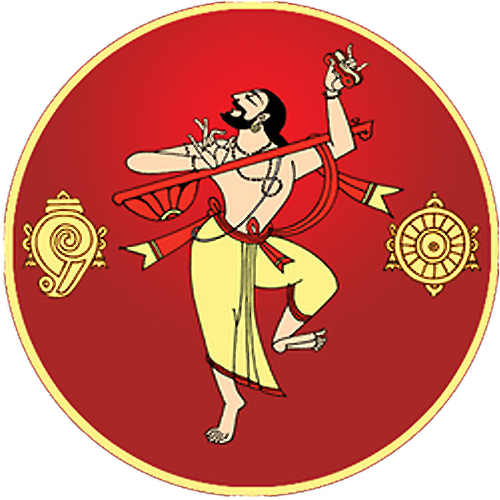
Life
Born Kancherla Gopanna, Ramadas’ parents, Linganna and Kamaamba raised him in the village of Kompella in the Warangal district Andhra desa’s Telangana region. He married a woman named Kamalamma and later moved to the village of Nelakondapalli.
In a literal case of nepotism, Gopanna’s uncles. Akkanna and Madanna, introduced him at the court of the Golkonda Sultan, Tanashah, who was impressed by him. Ramadas was offered a position as Tehsildar at Bhadrachalam, where he performed his duties as a state official in an exemplary manner. So exquisite was his performance that the local treasury was soon flush with funds.
His intense bhakti for Sri Rama soon led him to be concerned about the decaying state of the temple of Bhadrachalam. He allocated some monies from the treasury to renovate it. He later supplemented this offering by sponsoring the Kumbhabhishekham. However, all this unauthorized expenditure soon depleted the local treasury, leading Tanashah to imprison Gopanna. He was jailed and tortured for 12 years–a fate that was to continue until the entire sum was paid back to the state. Ramadas’ famous Dasarathi Satakam, 108 stanzas to Rama, is considered a classic. His Telugu songs, which were enriched by Sanskrit, remain popular to this day.
His classic Kirthanas include: Paluke Bhangaramaina, Nannu Brovamanni Cheppave, & Ee teeruga nanu daya chuchedavo
Thyagaraja
Thyagaraja was born as Kakarla, Thyagabrahmam in a Telugu Brahmin family that migrated to Thiruvaiyaru from Prakasam district in 1767. He received his early music lessons from his guru Sonti, Venkata Ramanayya.
Thyagaraja is foremost among prominent Telugu vageyakaras whose compositions are popular not only among Telugu speaking people but across carnatic music lovers and devotees in south India. He is considered as one of the trinity of Carnatic music along with Syama Shastri and Muthuswamy Deekshitar. Of the 3 greatest composers of the Carnatic Tradition, Thyagaraja (pictured in center) is the most famous and celebrated.Among his greatest and most popular Krithis are“endaro mahanubavulu”, “sadhincene O manasa”, “kana kanar rucira”, “raga sudha rasa” and “jagadananda karaka”. See here for a full list of compositions
Narayana Teertha
One of the outstanding devotees of Sri Krishna, Narayana Teertha (1650- 1745 C.E.) made his name through compositions dedicated to his Ishta Devata. Appropriately, many consider him to be the reincarnation of Maharishi Veda Vyasa. But before he became the saint we know him as today, he was known by another name.
- Credited with completing over 287 compositions over the course of his long life (153 in the Tarangini alone).
- Used 34 ragas for his various compositions, such as Hindolam for Govardhana and Bilahari for Puraya mama kamam
-
Composed Subhodini, a Sanskrit treatise on Brahma Sutra Sankara Bhasyam;Vivarana Deepika, a Telugu treatise on Sureshvaracharya’s Pancheekarana vartika; and the notable yakshaganam in Telugu, Parijatapaharanam.
- “Sree Krishna Leela Tarangini, his magnum opus is an unparalleled musical treatise consisting many Slokas and Krutis in 12 chapters known as Tarangas. These compositions, famous for lyrical richness and beauty of rhythm, evoke the nine ‘Rasas’ and form an integral part of Indian classical dance.” [3]
Along with Jayadeva (of Gita Govinda fame), Narayana Teertha is considered today one of the great musical exponents of spiritual and devotional ecstasy. While there is the Sri Narayana Teertha Trust of Kaja, situated 15 kms away from Vijayawada, the famous singer Yesudas is one of the Trustees for the sister trust at Tirupoonthuruthi. In fact, he produced a serial on Narayana Teertha through Chennai Doordarshan, and has been one of the tireless exponents of this Telugu saint’s legacy. M.S. Subbulakshmi herself performed in Narayana Teertha’s honour at the inauguration of his Tamil Nadu trust.
Syama Sastri
References:
- http://www.carnatica.net/composer/narayanateertha.htm
- http://www.thehindu.com/fr/2005/02/04/stories/2005020400380300.htm
- http://www.sangeetasudha.org/narayanateertha/index.html
- http://www.sankeertanam.com/saints%20texts/Sri%20NarAyaNa%20Teertha.pdf
- http://www.thehindu.com/thehindu/fr/2003/03/07/stories/2003030701160600.htm
- http://www.thehindu.com/todays-paper/tp-features/tp-fridayreview/narayana-tirtha-jayanti/article1434935.ece
- http://www.thehindu.com/todays-paper/tp-features/tp-fridayreview/tharangam-in-tirtha-tradition/article658411.ece
- http://music.karthiksankar.com/reference/composer/n/narayana-tirtha/
- http://translationsofsomesongsofcarnticmusic.blogspot.com/2014/03/govardhana-giridhara-govinda.html
Kshetrayya
Balamurali Krishna is an Andhra legend. Along with Thyagaraja, Annamacharya, & Bhadrachalam Ramdas he is undoubtedly one of our greatest classical composers. His stamp on the Classical Indian Music tradition is undeniable, and he remains a stalwart of the Carnatic School.
Born in Sankaraguptam village in East Godavari District, Mangalampali, Balamurali Krishna was raised in a family of musicians, as his mother was a skilled veena player, and his father a well known flautist and violinist. Balamurali gaaru, however, was destined to be a legendary singer.He was not only a creator of ragas and a classical singer and composer, but a playback singer as well.
Exceedingly versatile, he sang in a number of languages beyond his Theeyamaina Tenugu, including Hindi, Tamil, Kannada, Punjabi, English, and even French. His work in the latter even earned him Chevalier des Artes from France. He has given over 25,000 concerts in more than 75 years of performing.
His classical kritis (compositions) number over 400 in Sanskrit, Telugu, and Tamil. He innovated the ragas Sarvasri, Lavangi, Sumukham, and Mahati, picking up where Thygaraja himself left off.
Atreya
Keeravani
Notable Singers:
Ghantasala
S.P. Balasubramaniam
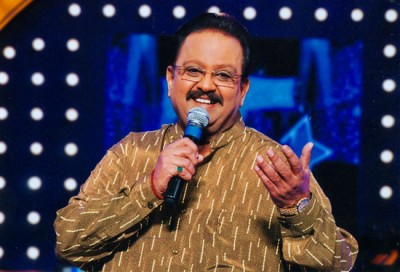
The most famous playback singer in Andhra history, S.P. Balasubramanyam is famous throughout India and among Indians around the world. The Nellore native is a peerlessly prolific song-artist and a prodigious talent. Indeed, the sweetness of his deep voice is matched only by the sweetness of his mother tongue Telugu, which he loves.
He was recognized by the Guinness World Book of Records for recording the highest number of songs (over 40,000) as well as most songs recorded in a day (21 for Kannada). SP has sung in a plethora of languages including Telugu, Tamil, Kannada, Malayalam, Hindi, Tulu, Oriya, Assamese, Badaga, Sanskrit, English, Konkani, Bengali, Marathi and Punjabi. His facility with singing in so many bhashas comes from his willingness to take an interest to learn and respect each one in which he sings.
S.Janaki
P.Suseela
Hailing from a well-to do family from Vizianagaram, Andhra Pradesh, Pulapaka Susheela was born in 1935 and began studying music from a young age. She credits her lawyer father for this interest as he was musically inclined.
She was trained in Carnatic Music and passed first class from Vijayanagaram Music College. She was discovered by Pendyala Nageshwara Rao when she was on All India Radio, and he had her sing in her first movie: A Tamil film called Petra Thaai. Having made her entry into the music industry in 1952, there was no looking back. She went on to dominate playback singing in the South for Decades.
A singer and philanthropist who dominated playback singing in the 60s and 70s, she embodied sweetness of melody and range in modulation to Telugu, Tamil, Malayalam and Kannada music lovers alike.
- She Completed over 50 years in the Cine Music Industry
- Sang over 40,000 songs in 12 languages
- Sang over 5000 songs in Kannada alone–the most of any recorded singer
- Recipient of numerous awards at the state level in Karnataka, Kerala & T.N.
- 6 time Nandi Award winner
- 5 time National Award winner
- Finally received the Padma Bhushan in 2008
References:
- http://www.psusheela.org/
- http://www.newindianexpress.com/entertainment/interviews/article469943.ece?service=print
- http://www.thehindu.com/news/national/kerala/ode-to-a-southern-nightingale/article7871584.ece
- http://psusheela.org/articles/tel/sj_balasaraswathi.html
Shoba Raju
Cinema & Drama

Photo: LyricsInTelugu.com
While Andhra’s Telugu language movies make up the largest regional Indian film industry, ACP focuses less on the pop culture “phillims” and more on culturally significant cinema. This includes genre defining works such as Mayabazaar and Missamma to recent classics such as Kshana Kshanam and Annamayya to current day groundbreaking oeuvres such as Leader and Magadheera.
List of Culturally Significant Andhra Films:
Golden Age
Maya Bazaar
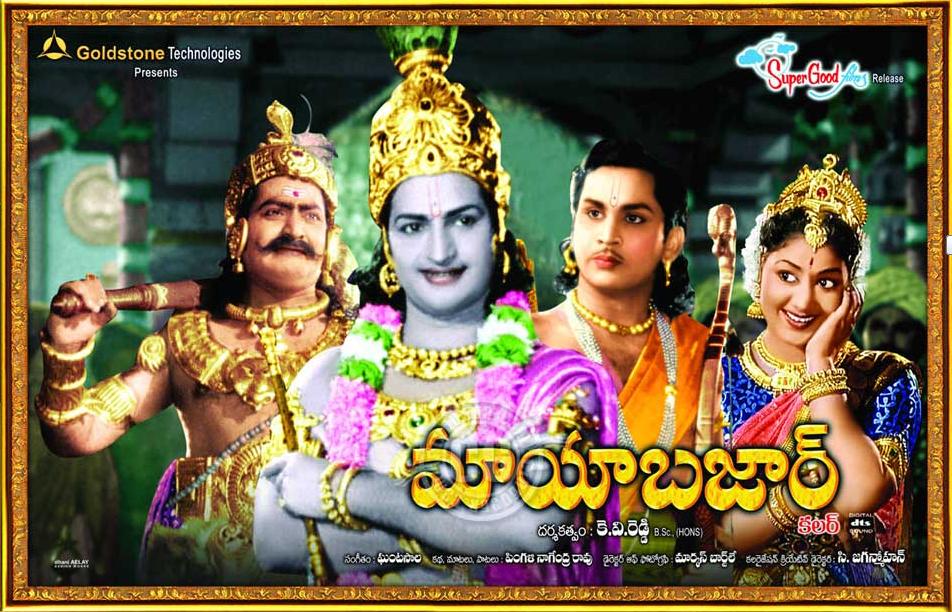
Any mention of Telugu Cinema, indeed Indian Cinema itself, would be incomplete without reference to the inimitable 1957 epic Family Drama & Comedy Maya Bazaar.
Without a doubt the most beloved Telugu movie of all time, it is the quintessential Andhra approach to the Mahabharata. Much like our irreverent culture of wit, this classic was a light-hearted take on the otherwise serious subject matter from India’s eponymous National Epic (the initials of which it coincidentally shares). One of the unique feats of Maya Bazaar was to honestly treat what is likely the most analyzed and re-told work in classical Indic literature on the basis of the vibrant folk artforms of the Dakshinapatha. It is attributed to the Harikatha tradition of Andhra and the plays of Maharashtra/Karnataka.
While this episode regarding Abhimanyu’s marriage to Sasirekha is not strictly canon per the authoritative Vyasa original, it nevertheless manages to remain in harmony with the authentic edition, whatever the veracity of the content. What’s more, it takes this Civilizational masterpiece and presents it in a uniquely Telugu tradition of cheeky humor and sophistication, with a heart of gold (or culture without condescension).
This film managed what few “phillims” manage to do, which is to deftly weave comedy with serious subject matter. Indeed, none represents this more than the commanding characterization of Ghatotkacha by Sri S.V. Ranga Rao.
While its unmatched all-star cast of NT Rama Rao, Akkineni Nageshwara Rao, Savithri, Gummadi, and Relangi all compete with one another in their performances, it is ultimately S.V.Ranga Rao who steals the show for all time.
Bhookailas
Malliswari
Missamma

A Telugu story that very much cuts across caste and creed, it is a tale of a Christian girl who falls in love with a Hindu boy, and the subsequent situational comedy that ensues. The fundamental centrality of Dharmic Indian culture is very clearly seen not only in story, but in the showcase of both classical Indian music and dance.
But the true standout aspect of this 1955 Romantic Comedy is that the protagonist and central character is a woman, masterfully played by the original Top Actress of Tollywood: Savitri. The object of her affection is none other than the legendary NT Rama Rao himself, clearly at the peak of his powers here. Both play unemployed young, unattached graduates on the make, seeking to make a life for themselves.
This movie is responsible for launching one of Telugu Cinema’s greatest artistes, the actress Savitri. It’s very much a modern story in a modern (vs post-modern) setting, all while remaining undeniably Indian in its inspiration and essence.
Gundamma Katha
Paathaala Bhairavi
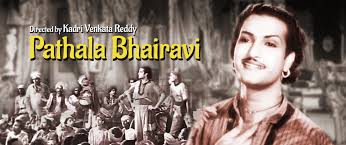
Listed as one of the 100 Greatest Indian movies by IBN and one of India’s four entries in its first International Film festival, it has comedy, romance, action, and yes, even a tantrikudu (practitioner of black magic).
In many ways, this film was a trend-setter. It was among the first Telugu, and possibly even Indian movies, to have a high production value with impressive sets and what was, for the time, notable special effects
In that sense, what makes this cinema worthy of mention in our Andhra high culture was that even though it did not emerge directly from our religious epic tradition, it managed to weave various traditional themes or rasas like Sringara (the romantic) & Bhayaanika (the fearsome) in the context of our cultural and civilizational tradition and setting–as well as recount an engaging story.
Less known, however, are some of the quality Romantic couplets suavely delivered by a clever NTR
1960s and 1970s
Sri Krishnadeva Raya
Tenali Ramakrishna
Prema Nagar
Bobbili Yuddham
Alluri Sitarama Raju
Dasara Bullodu
1980s and 1990s
Jagadeka Veerudu Atiloka Sundari
Siva
Kshana Kshanam

1991′s Kshana Kshanam is quite possibly the finest film ever produced by the Telugu Film industry. While we have had movies that amazed (Magadheera), movies that inspired (Alluri Sitaramayya), and movies that entertained (Maya Bazaar), Kshana Kshanam is the only one that managed to hit all the right notes in a modern yet still timeless manner.
While the movie was funny and even goofy at times–it exuded class. Romance without prurience. Fashion without faux pas, and Comedy without Crudeness. It was a simple story that was well told, well-acted, well-choreographed, and simply well-executed.The song “Ko Ante Koti” was a lens on the dreams of economic and social advancement and material prosperity to which the masses could suddenly aspire. And yet, in spite of this meditation on materiality, it managed to give us a vision of modernity that still had place for morality. In short, classy not crassy.
Bobbili Simham
Annamayya
Hyderabad Blues
2000s to Present
Leader
Magadheera
Notable Artistes:
Nandamuri Taraka Rama Rao (NTR)
Akkineni Nageshwara Rao
S.V.Ranga Rao
Relangi
Gummadi
Nagayya
Shavukar Janiki
Savitri
Jamuna
Waheeda Rehman
Vanisri
Leela Naidu
Sharada
Jayaprada
Konidela Sivasankar Varaprasad (Chiranjeevi)
Sridevi
Nandamuri Balakrishna
Daggubati Venkatesh
Akkineni Nagarjuna
Kanneganti Brahmanandam
Mailavarapu Surya Narayana (M.S.Narayana)
John Prakasa Rao Janumala (Johnny Lever)
Ali Basha
Rajendra Prasad Gadde
Venu Madhav
Mahesh Babu Ghattamaneni
Ram Charan Tej Konidela
Rana Daggubati
Notable Directors:
Allu Ramalingaiah
Daggubati Rama Naidu
Dasari Narayana Rao
Padmanabham
Ram Gopal Varma Penmatsa
Nagesh Kukunoor
Koduri Srisaila Sri Rajamouli (S.S.Rajamouli)
Gunasekhar
Krish
Sekhar Kammula
Notable Lyricists:
Pingali Nagendra Rao
Srirangam Srinivasarao(Sri Sri)
Veturi Sundararama Murthy
Sirivennala Sitarama Sastry
Sahithi
Trivikram Srinivas
References:

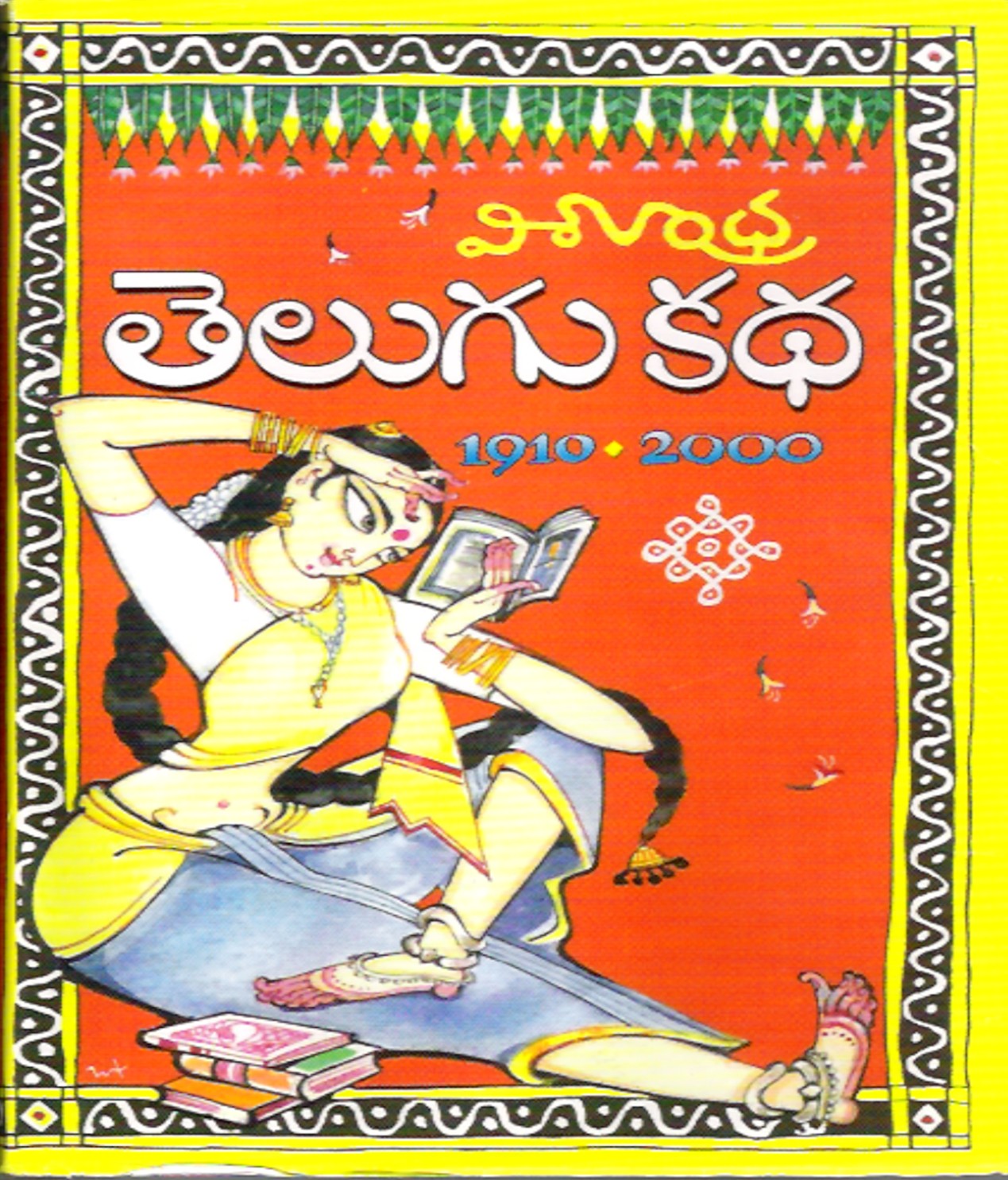
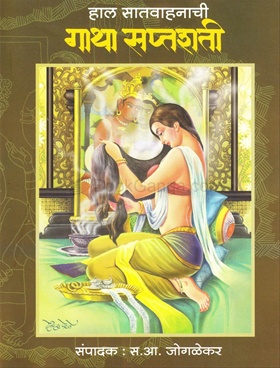
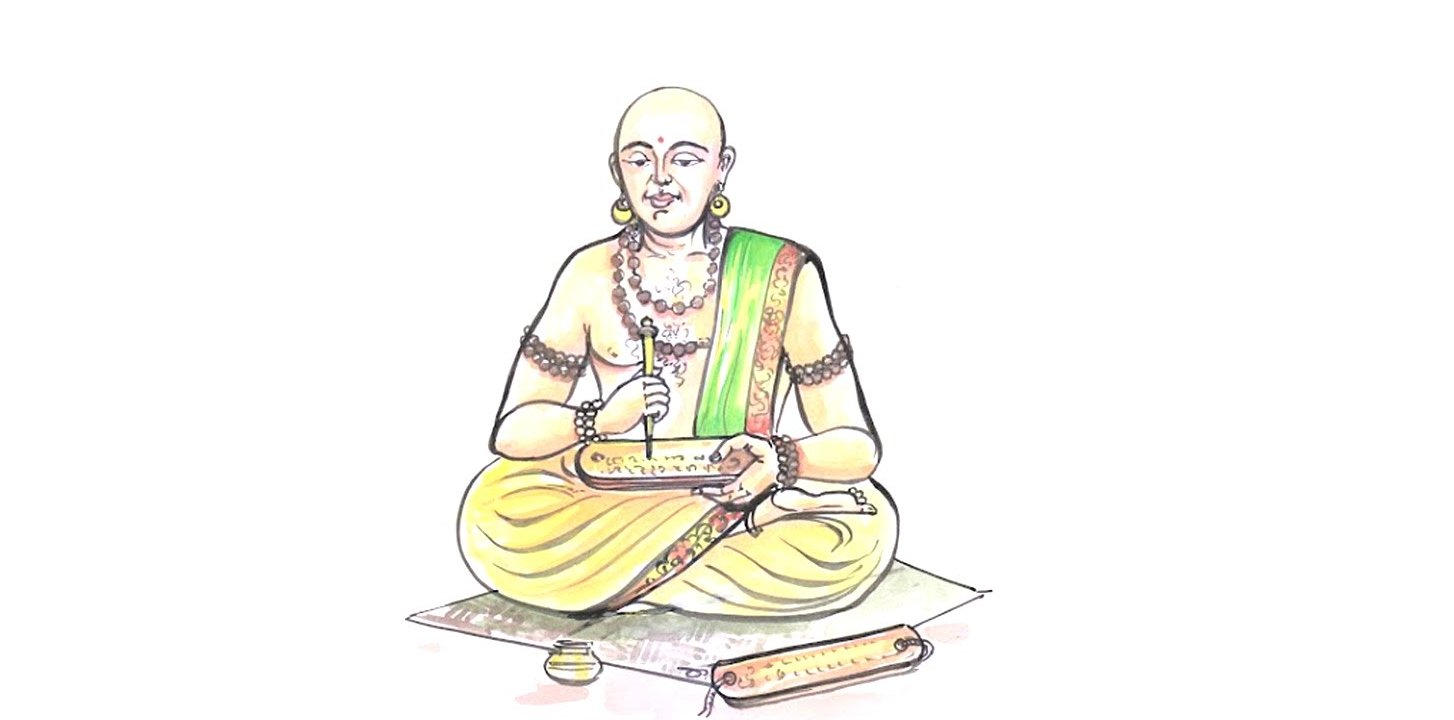
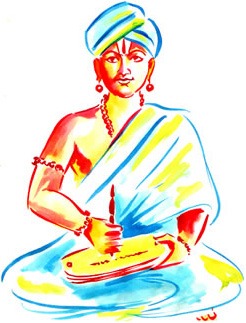

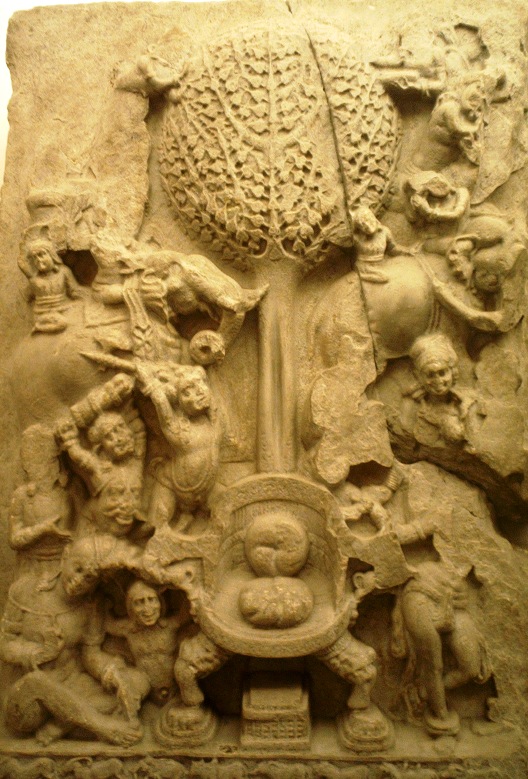
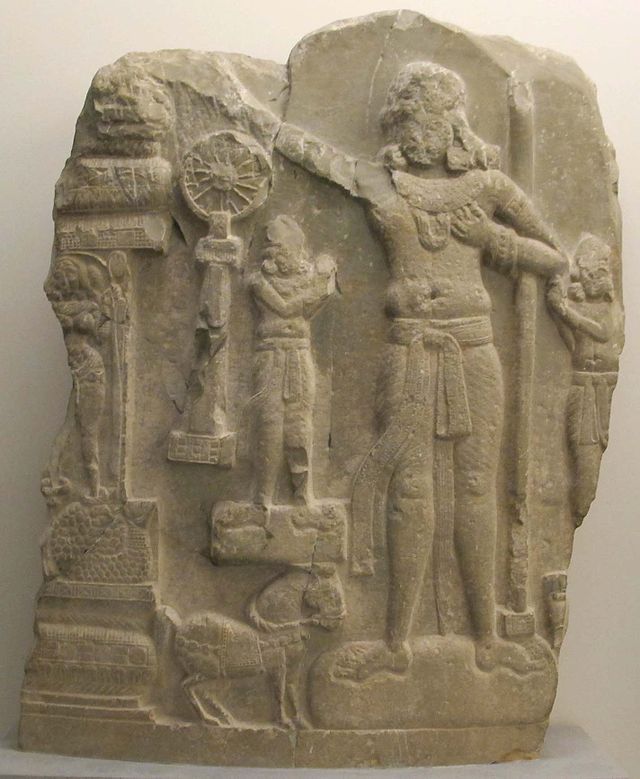

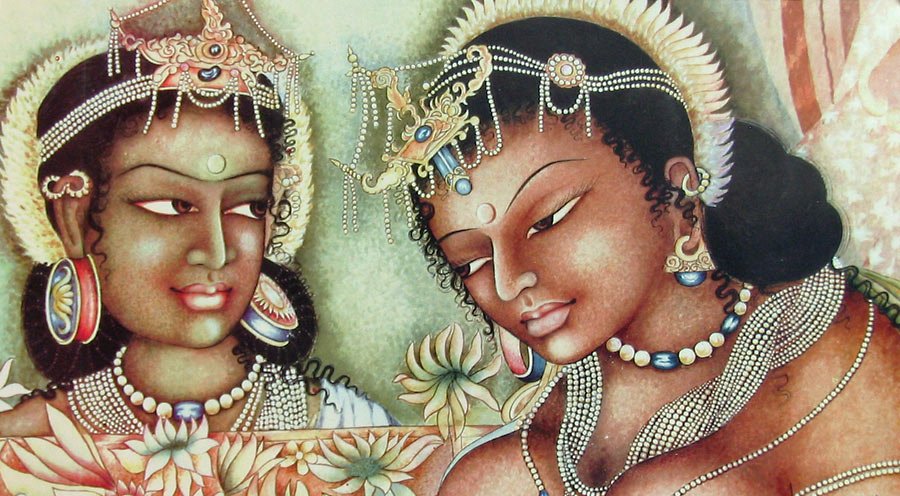
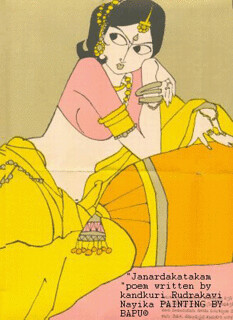
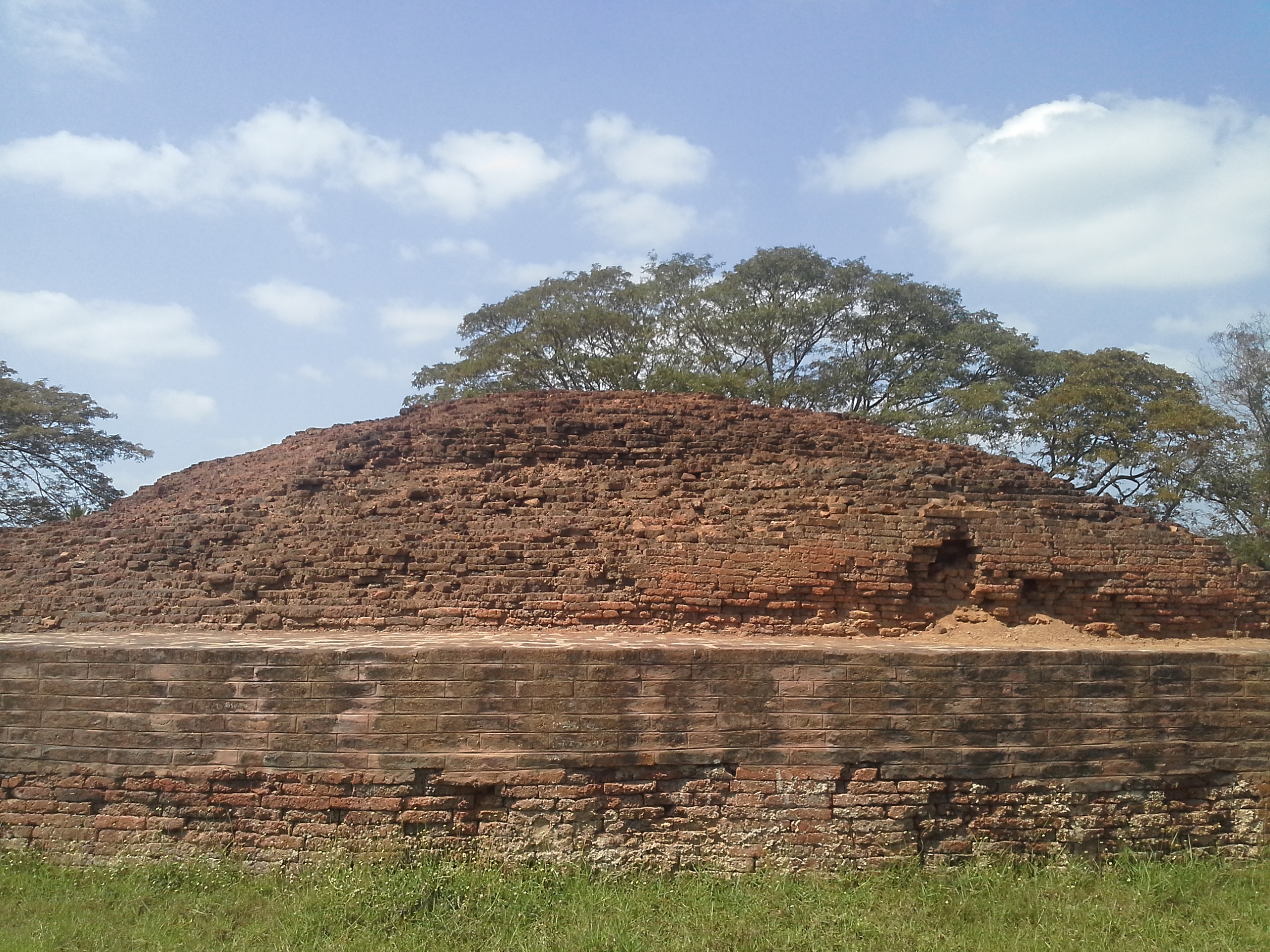
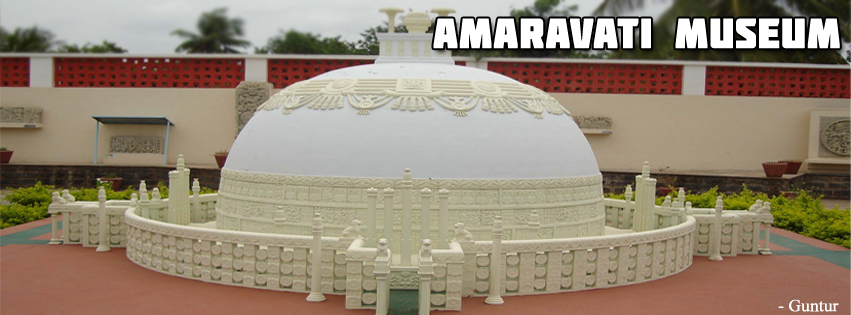

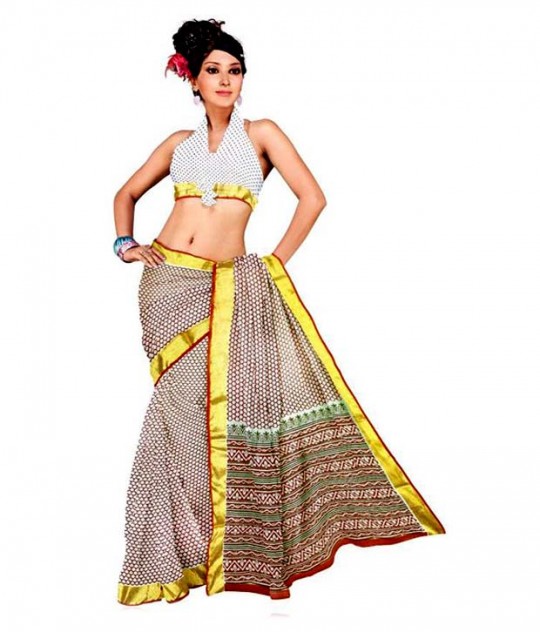

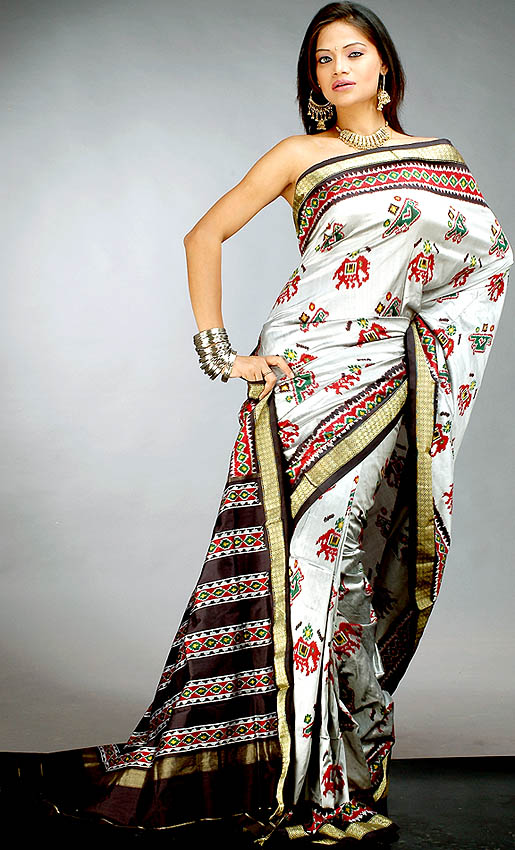
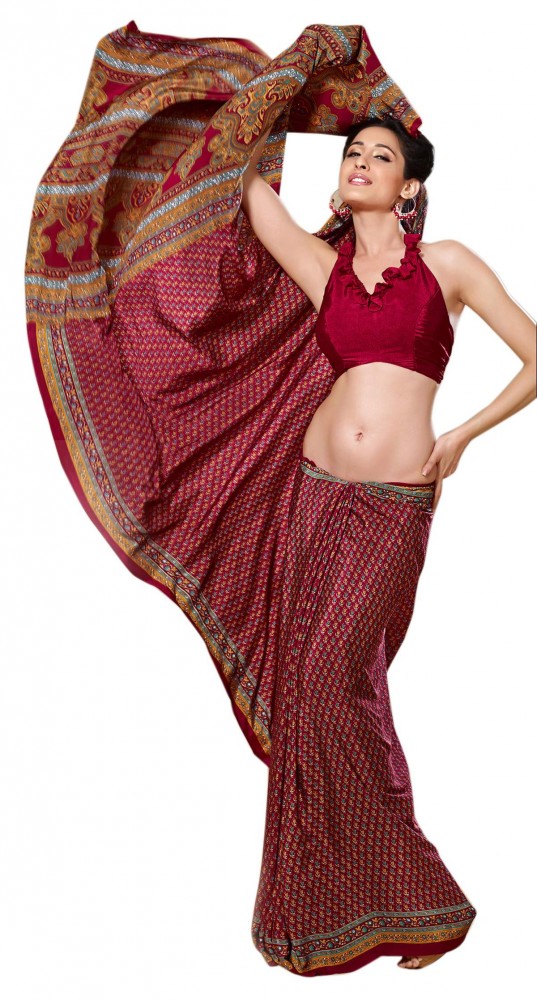

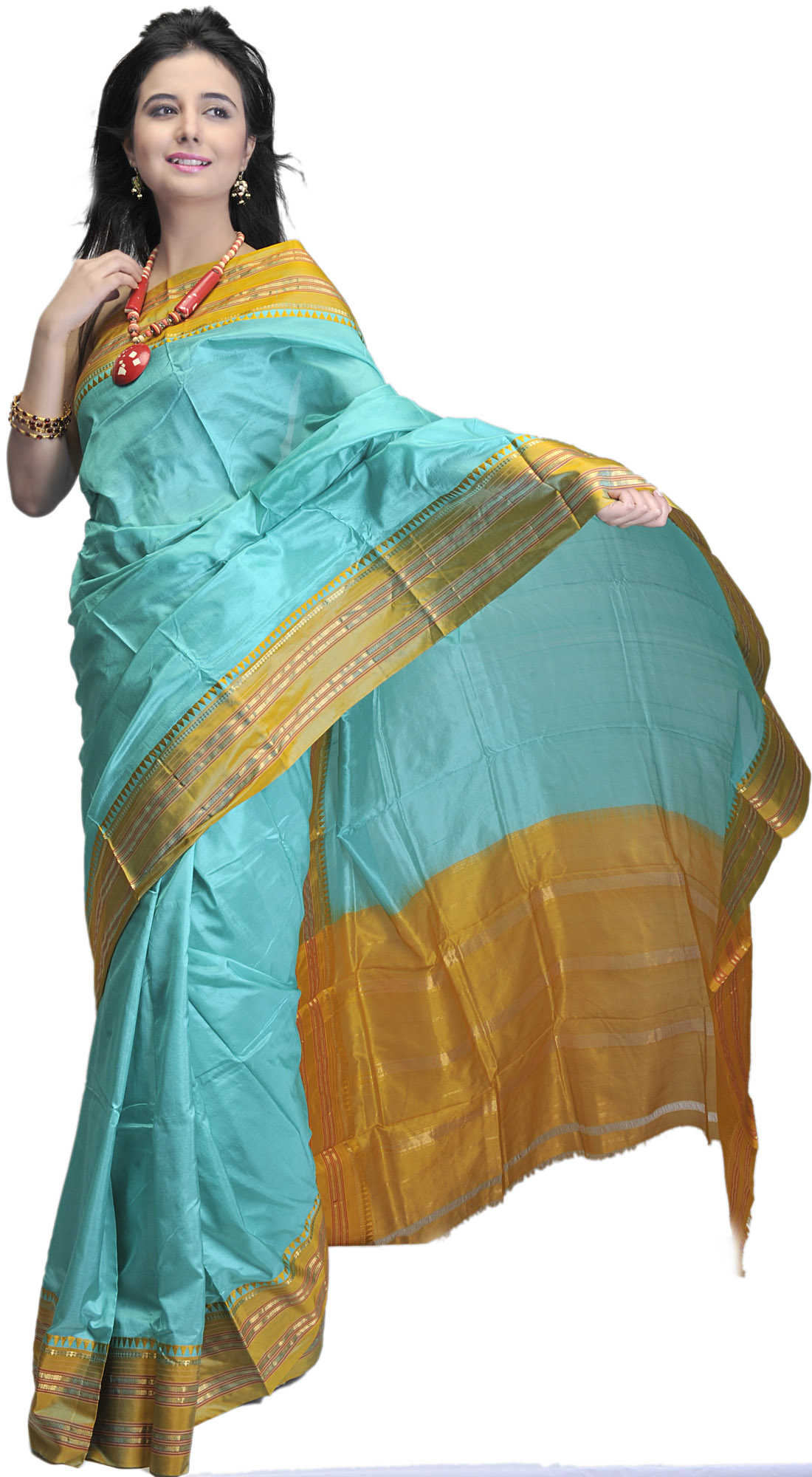

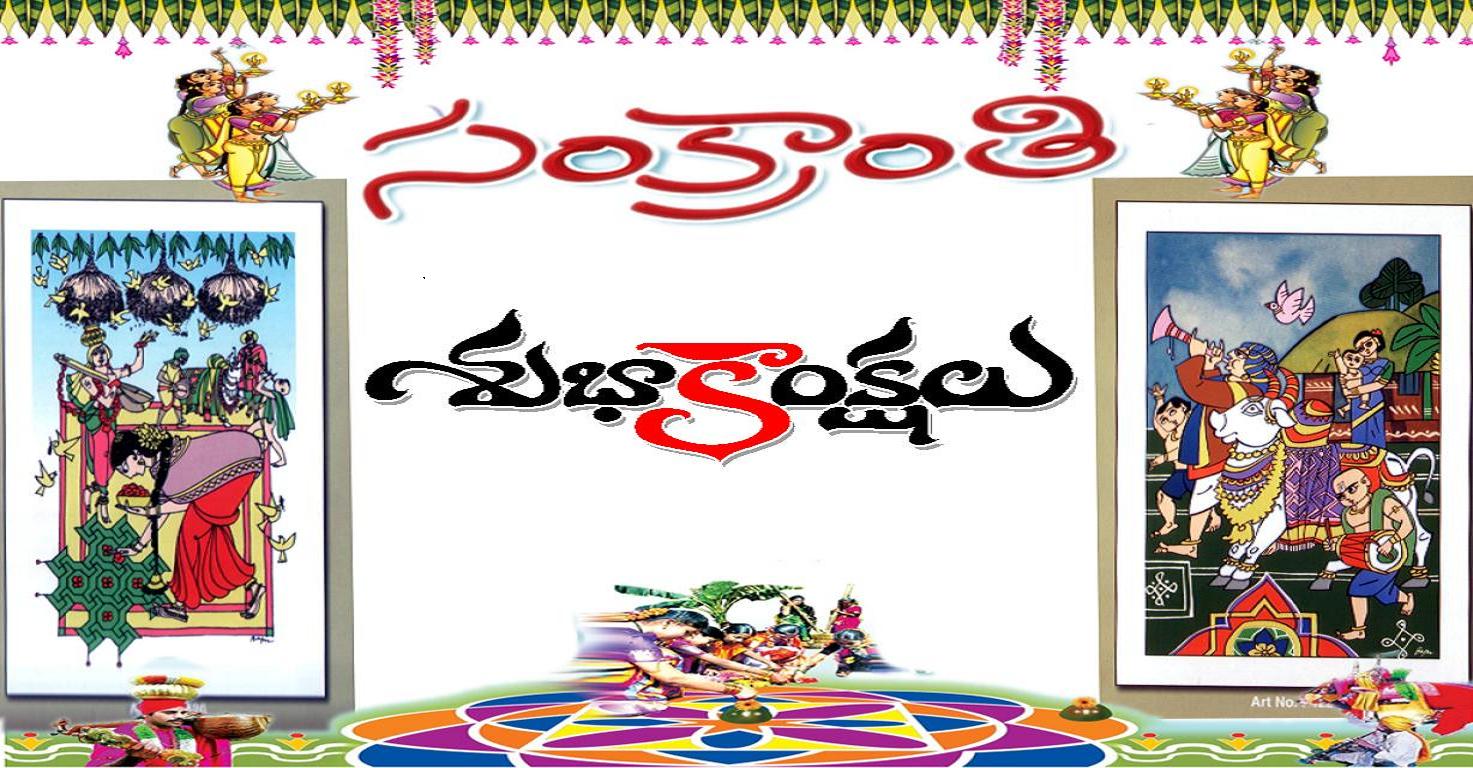

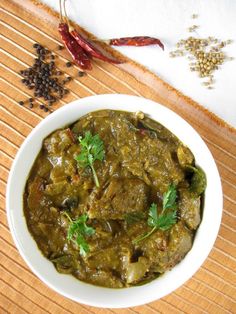
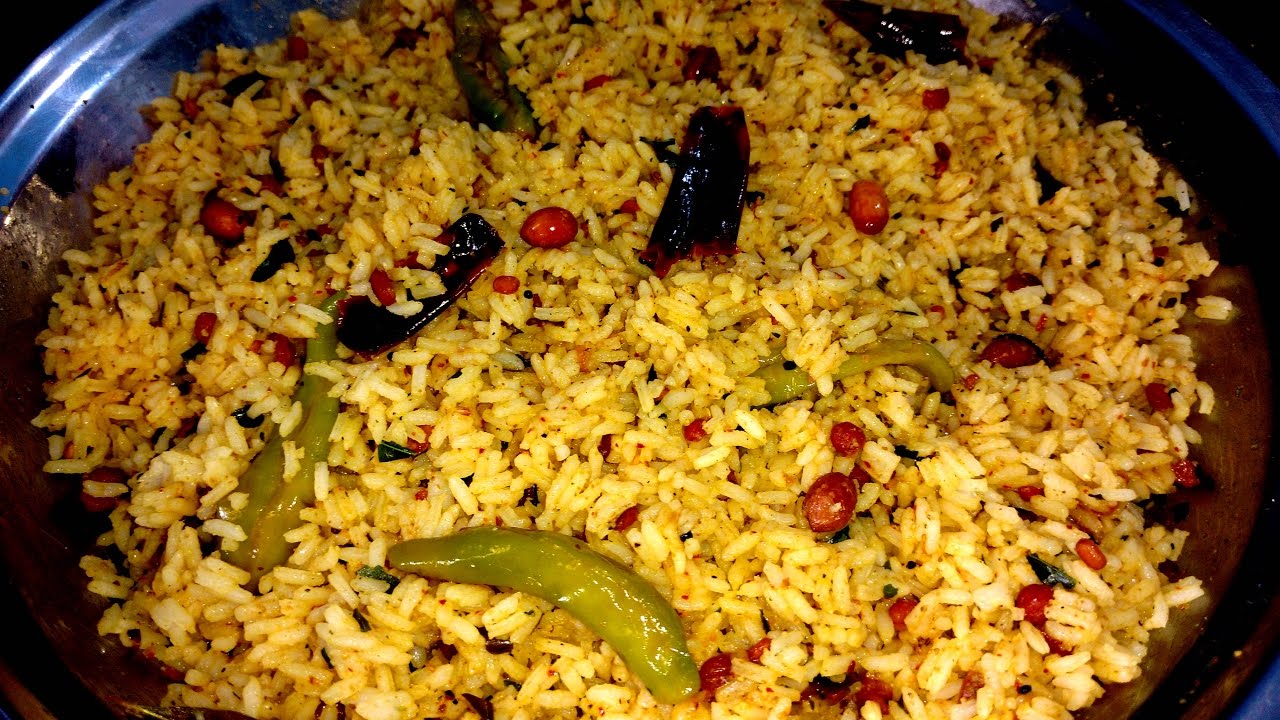
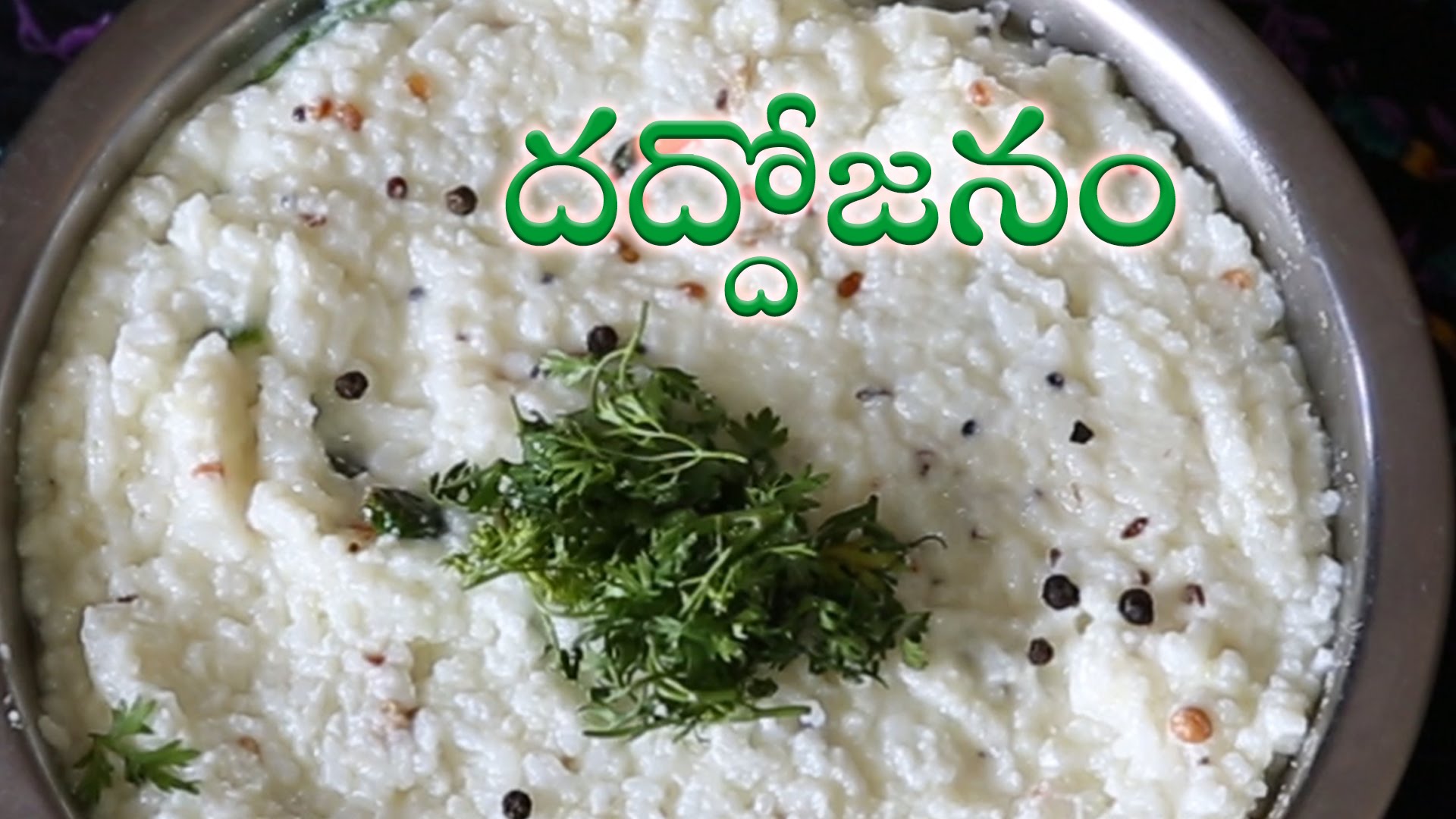

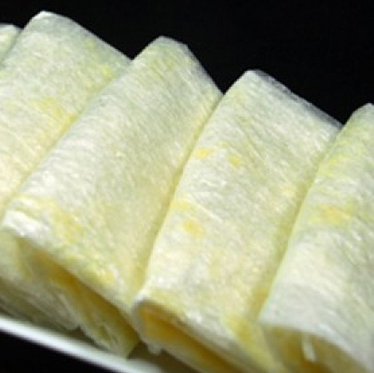

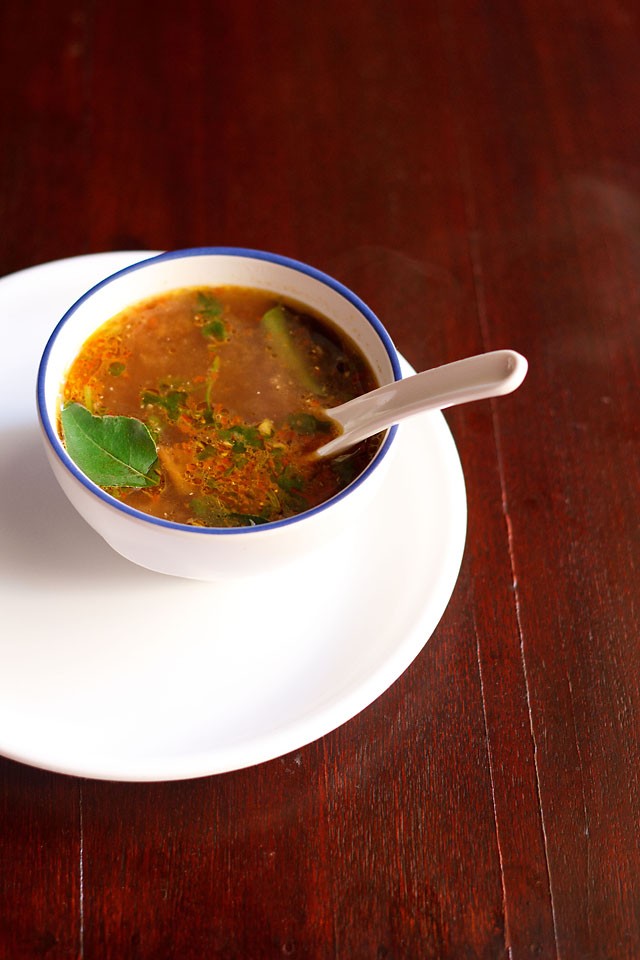





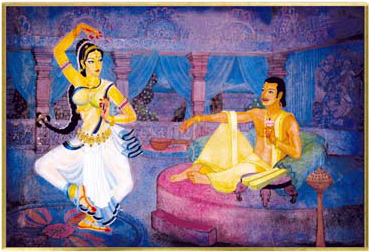


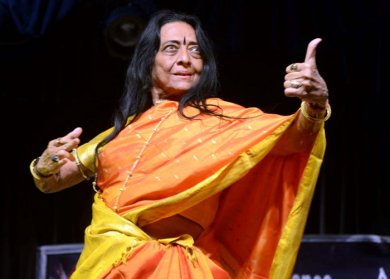
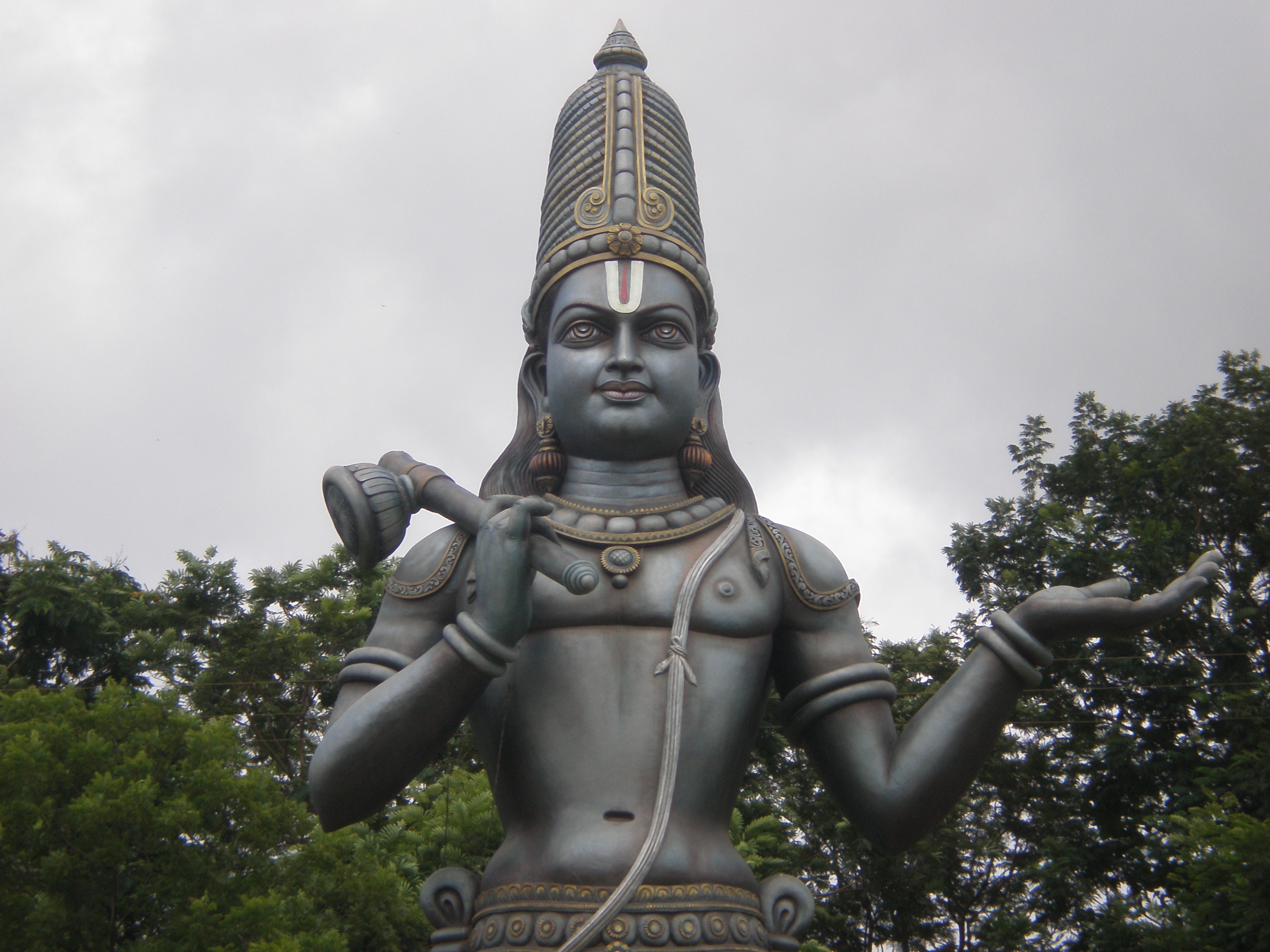


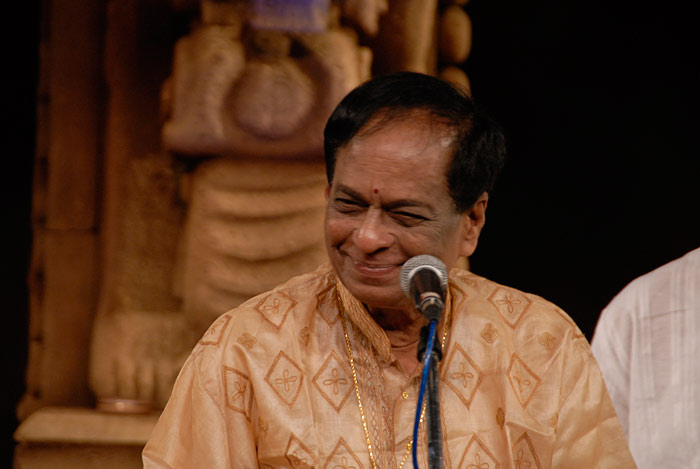
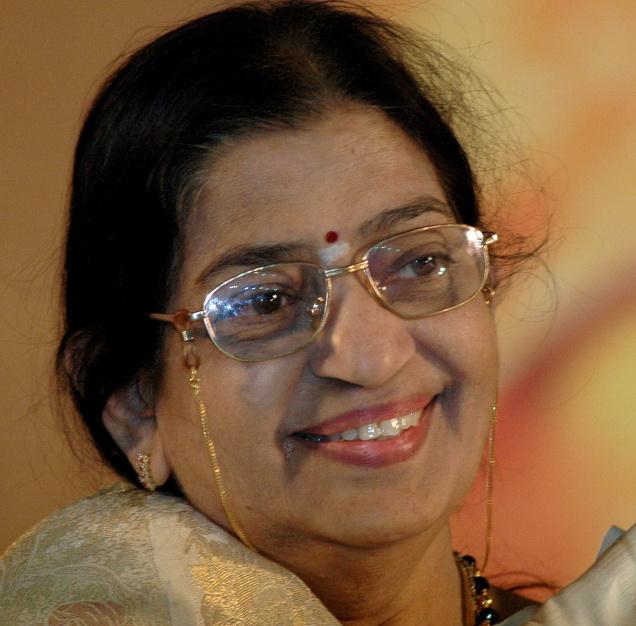



this portel is Ok but not very eloborate. I am suprised to see in the dance Kuchipudi section few names in “noted artistets” where one name is included along with the legends. (Arunima) I think we have much artistes than her. It does nt mean that she is bad but we have better noted artistes than her. Please change it. If you need any help please feel free to contact me. thanks Venkat Vempati 09840077376
Namaskaram Venkat garu,
We are great admirers of your legendary father. We made it a point to prominently feature him in the list and kuchipudi text.
As for the site, thank you for your comment and feedback. Yes, we are still growing. As there is so much material and history to cover, it will take time do our artforms justice. Our hope is to create a community of culturally educated contributors and experts across disciplines who can help give us guidance on making accurate and elaborate articles for the benefit of Global Andhras. We will gladly take up your kind offer and I will reach out to via email. Best Regards, N.R.I.pathi
I have come to this page in hope of finding some harikathas but am disappointed to find none. A page devoted to culture fell short on providing any hints to this cultural asset of Telugu’s. However I am glad you have provided with a lot of other info that in itself is a great feat. Hope you keep adding more and fill in the gaps with the treasure trove of our Telugu culture.
Murali gaaru,
Appreciate your comment and compliments, andi. As we noted above, it’s very much a work in progress, and will grow as we explore the greatness of our culture. And you’re absolutely right about how we need to build out our brief mentions of Harikatha above. Excellent suggestion about adding some actual Harikathas. Hopefully over time, we’ll be able to do so for the benefit of all Telugus.
If you have any other recommendations, do let us know. Thank you.
How can you miss Malleeswsari among the “Golden Age” Telugu films? Many consider this, along with Maya Bazaar, to be the finest Telugu film ever made. Since it also has Sri Krishna Devaraya as one of the important characters, it’s doubly worth your while! 🙂 Seriously, this is a glaring omission, and I’m amazed that you made it.
Oof, great catch, Savithri gaaru! Thanks for your input, we’ve updated it. In fact, if you have any other suggestions or even contributions, please email us via our contact form. We welcome feedback from new voices.